Fiber metal Laser Sensor And Its Application
From: 本站 Date: 11th March 2021 Author: admin Views: 4680
When these rangefinders are used in material handling and industrial
measurement applications, it is helpful to have a better understanding
of distance laser sensors.
There are several configurations of laser sensors, some of which detect the presence, while others measure distance. Proximity laser sensors (also called laser photoelectric sensors) are commonly used to detect the presence of parts, but this is not the focus of this discussion. The focal point, visually and literally, is the laser distance sensor, which, as the name suggests, can measure distance.
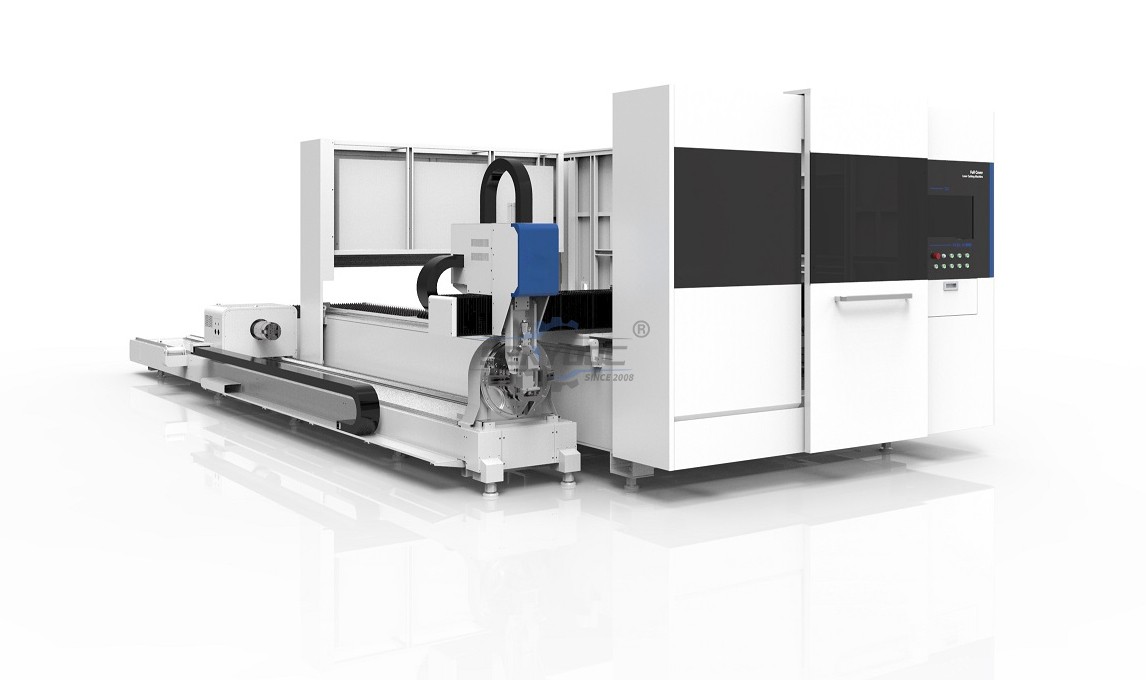
These laser distance sensors use focused coherent light to measure the
distance to the target object. In factory automation applications, the
target is usually a product or machine element. They can detect any
solid object and produce an output proportional to the measured
distance, regardless of material, color, and brightness.
The high-resolution output provided by laser distance sensors is often
used to provide position or displacement for the input of certain types
of industrial controllers (such as PLCs). The output signal is usually
highly accurate and includes temperature compensation to enhance
stability.
There are several types of laser distance sensors, including diffuse,
background suppression, and retroreflective. These sensors use CMOS or
transit time technology to provide accurate distance measurement.
The laser must be focused and must be kept narrow over a long distance
and narrow spectral range (light color). The emitted light can then be
triangulated or pulsed, and each pulse returned to measure the distance
reading.
CMOS technology is commonly used in short-range, high-precision laser
sensors. The basic principle is to use a CMOS linear imager for optical
triangulation. A diffuse triangulation laser distance sensor transmits
laser light through a lens and reaches a target, which reflects light
back to the sensor. The lens focuses the reflected light onto a small
spot on the CMOS linear imager. The distance to the target object
changes the angle of reflected light and the position of receiving light
on the linear imager.
The measuring range of these CMOS diffusion triangulation laser
distance sensors is about 1.5-60 cm. They are packaged in a small case
of about 50mm x 50mm, with analog or discrete output, and usually work
well regardless of the target material, color or brightness. These
distance sensors have high resolution, in the low range (depending on
the measurement range), the response time is less than one millisecond.
Class 1 lasers are eye-safe under all operating conditions. However,
Class 2 lasers are safe, visible lasers that can be used for quick and
unexpected observations of less than 0.25s, but if you stare
intentionally, you may harm your eyes.
Time-of-flight technology is commonly used for long-range laser
distance sensors, also known as rangefinder laser sensors. These types
of sensors use a transmitter diode to generate a very short
narrow-spectrum red or infrared pulse that is reflected from the target
object and back to a sensitive laser energy detector, also known as a
receiver diode. The precise electronics in the sensor can measure the
propagation time of light and use the light speed constant to calculate
the distance between the object and the sensor. The measurement range of
the time-of-flight laser distance sensor is 1 cm to 100 m or more, and
its size, output options, and laser sensing function are similar to CMOS
sensors. These long-range sensors have good resolution, with an error
of less than 2.5 cm from approximately 1 mm to 100 m at close range. In
order to improve the measurement accuracy, multiple measurements are
often made to reduce the response time of these devices to a few
milliseconds.
Laser sensors usually work well in dirty environments because the
focused light will "pass through" the dust. The focused beam can also
achieve a longer sensing distance, and can detect small objects or
targets through small openings.
Laser sensors are commonly used in process monitoring and closed-loop
feedback control systems. Material handling is a common application that
can be used to position cranes, gantry frames and automatic guided
vehicles. Many other applications include component alignment, height
measurement, robot positioning and welding head positioning.
Sometimes shiny or transparent objects can cause problems. Since the
laser distance sensor can detect reflected light or straight-through
beams, transparency and surface reflectivity can cause complications.
Applications that require the laser to bounce off a shiny surface or see
through a transparent surface should be carefully tested to ensure that
the measurement can be performed as required. For example, it may be
necessary to install the laser at a slight angle to the light-emitting
surface, or adjust it to a lower intensity to correctly detect the
light-emitting object, while it may be necessary to increase the
intensity to burn through the transparent object.
Once the test is completed and any necessary adjustments are made, the
laser sensor will operate in industrial applications for many years.
• Previous: 3D Machining Methods and Techniques with CNC Wood Router
• Next: How-to: White engraving
- Fiber metal Laser Sensor And Its Application
- Laser Cutting Machine Inspection Process For Manufacture
- How Control Costs Use of UV Printers ?
- Why UV flat printing machine is popular in market ?
- How does UV ink jet printer save UV ink?
- Waterjet Machine delivery and Shipping
- Waterjet Machine finish manufacture 5axis
- Waterjet Machine delivery and Shipping
- How to Create Connected Text – Inkscape for Laser Cutting
- How to get started with laser cutting in 4 steps
- How does a laser cutter work?
- Wine butler
Jacob from United States
I am a beginner at CNC, I’ve never used a CNC machine before and with in a day I was carving. An awesome machine for a beginner to learn as hobbyists. I used the manual and the help video. One hour to assemble and test, very friendly and easy to use. It’s a good buy for the money. I would definitely recommend this machine to someone getting into CNCs.
Weinstein from France
I've been using CNC plasma SYP2060-300A and I am very impressed with this unit.
This unit is of higher quality, made in China. Five stars all the way!
2040 from INDIAN
Best 2040 CNC Router Good Price and Quality ! Thank SENYOQC
10w uv laser from American
Best supplier ! I bought 3 machines for laser and router , thank you Aillen ! --Alec
12KW Fiber Cutting - 2000X6000mm -- 이병헌 from Korea
Good machine for metal cut ! Thanks Senyo , Its prefect , I like your business patient kind!
I am a furniture manufacturer, and this machine is very good and fast. thanks Senyoqc Team ! from Bangladesh
Metal ArtWork from Denmark
The plasma cutting machine makes my artistic creation more convenient and precise!! Created more artistic ideas and value! Thank you Aillen team!
Thanks for 3D CNC Router, so much 3D works, just everyday use machine works.that is what makes the magic happen. from
Thanks for 3D CNC Router, so much 3D works, just everyday use machine works.that is what makes the magic happen.
I'm getting a little bit closer to completing more art deco jewelry use fiber laser marking machine.Thank you Senyo from
I'm getting a little bit closer to completing more art deco jewelry use fiber laser marking machine.Thank you Senyo
Thank you Senyo for SYJ1290-150W! from
Retired, ex mainframe systems programmer. Now full-time recreational woodworker majoring in puzzles, pens, boxes, Toys and occasional small furniture. Thank you Senyo for SYJ1290-150W!













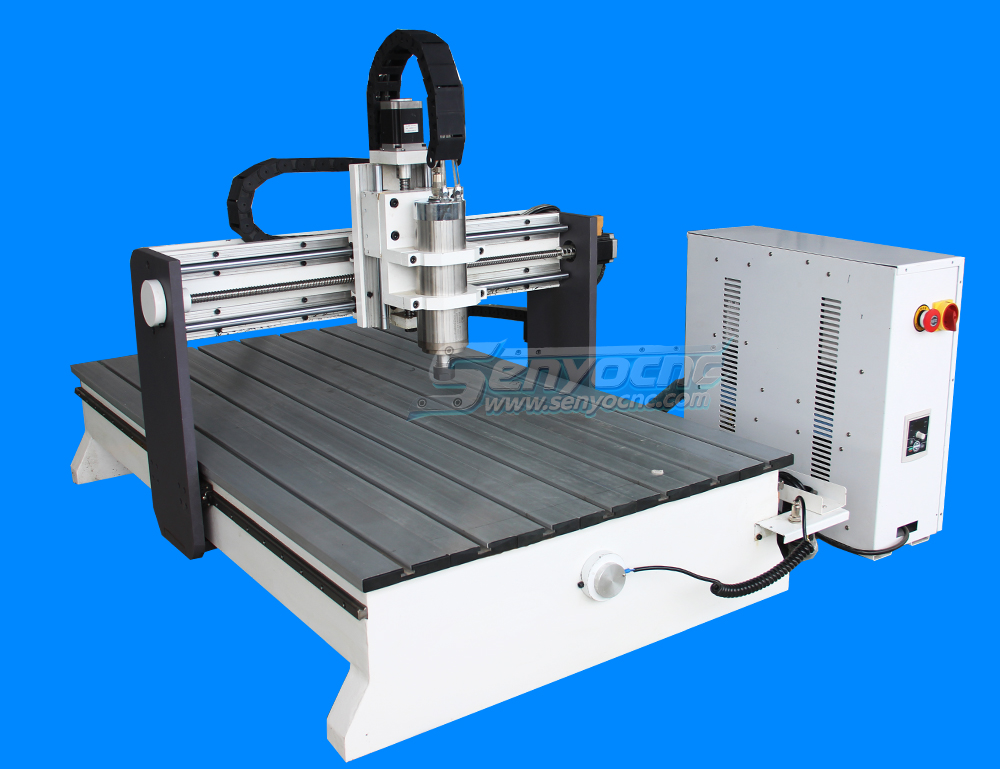
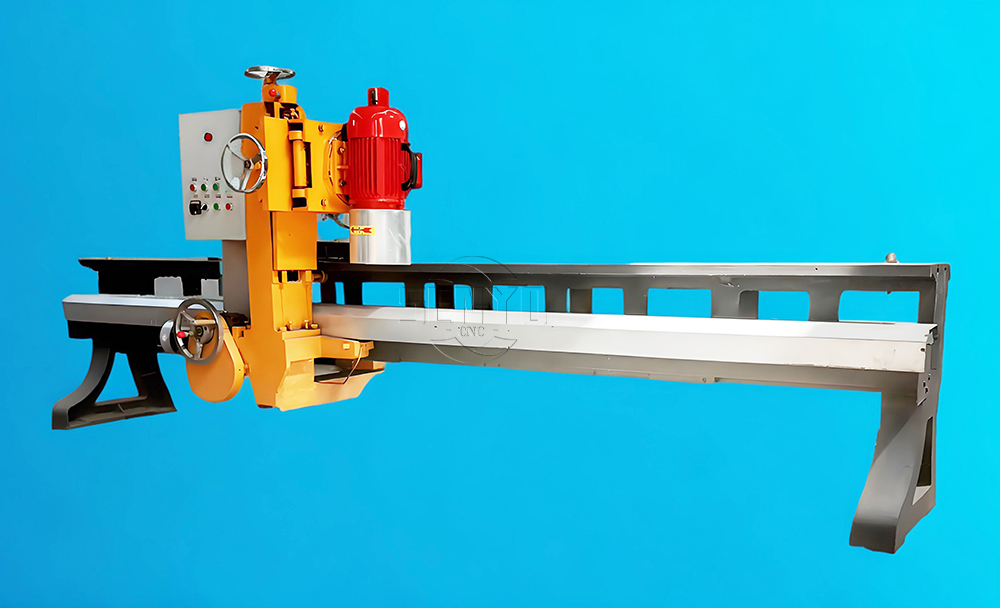
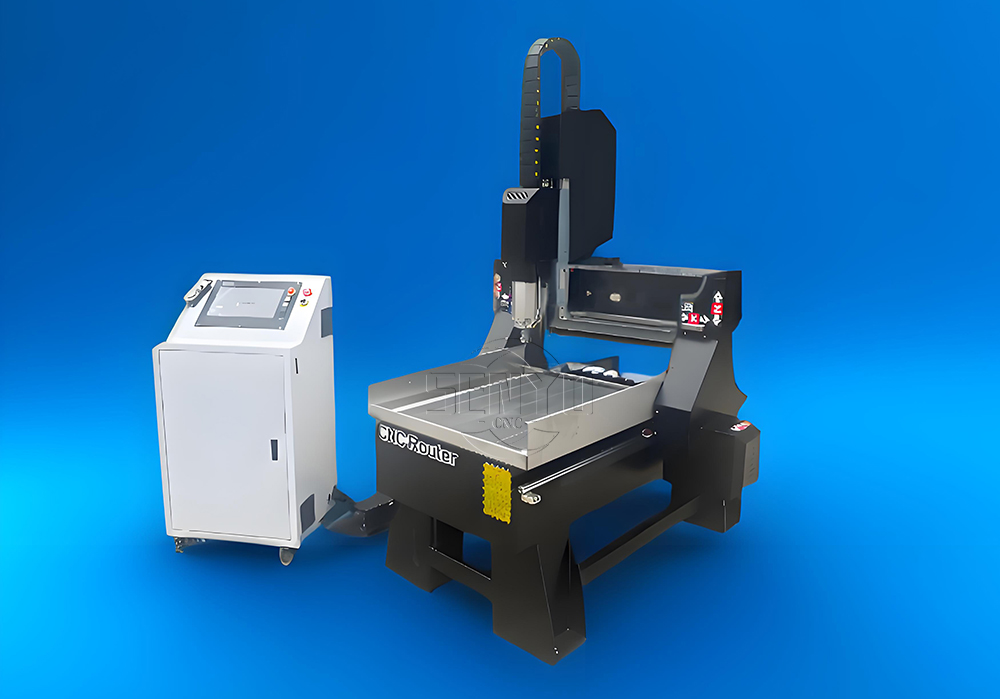
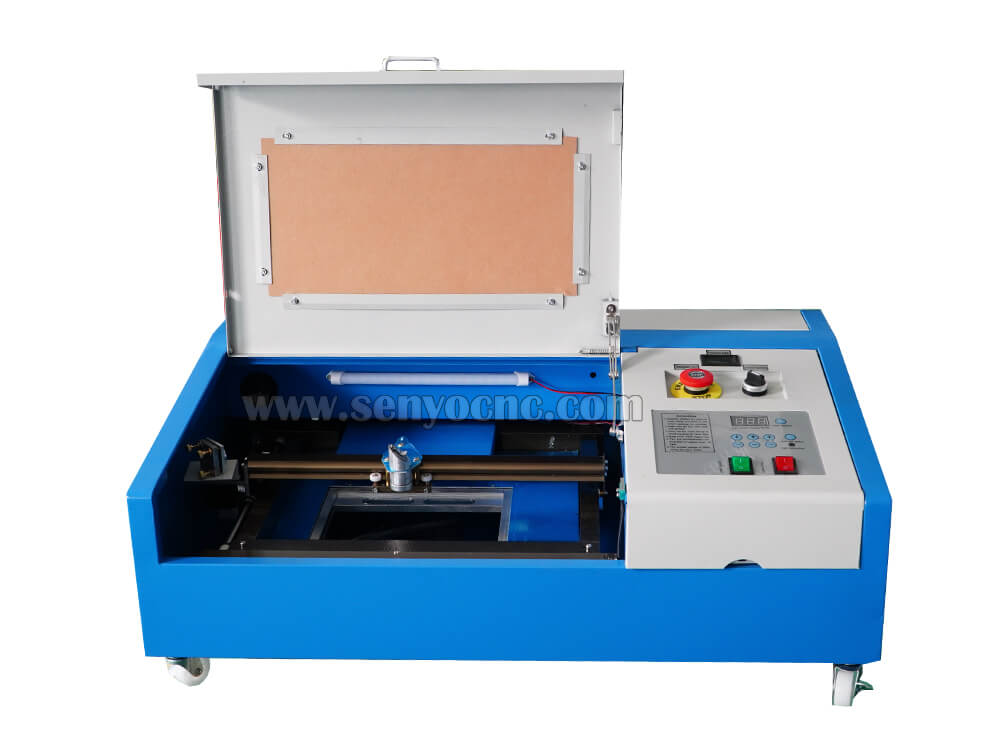
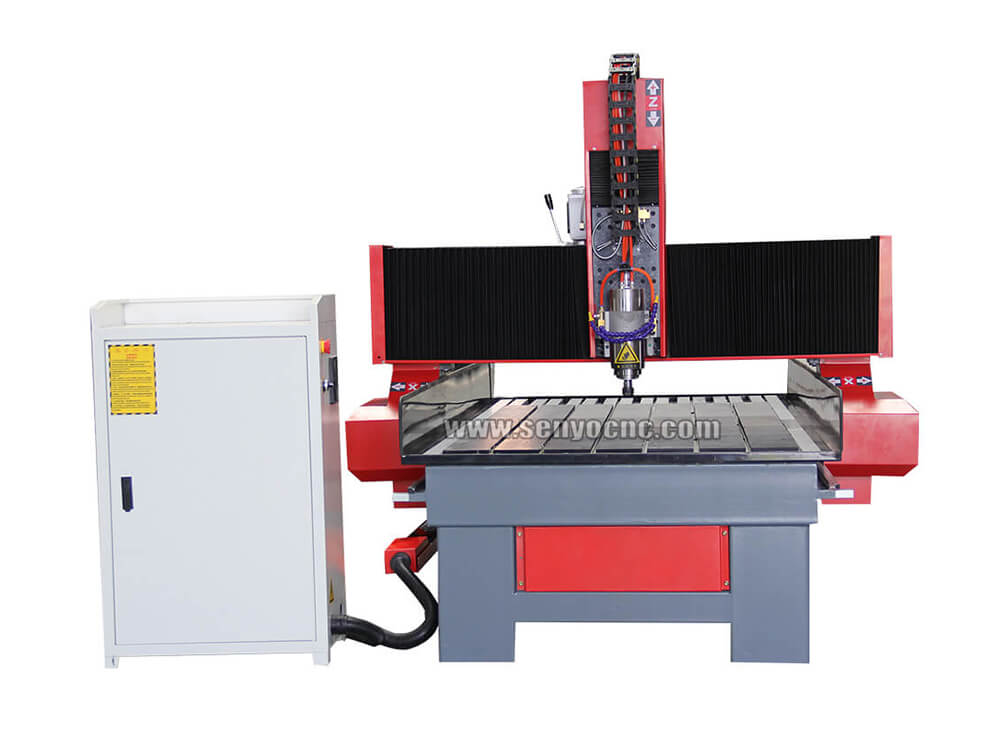
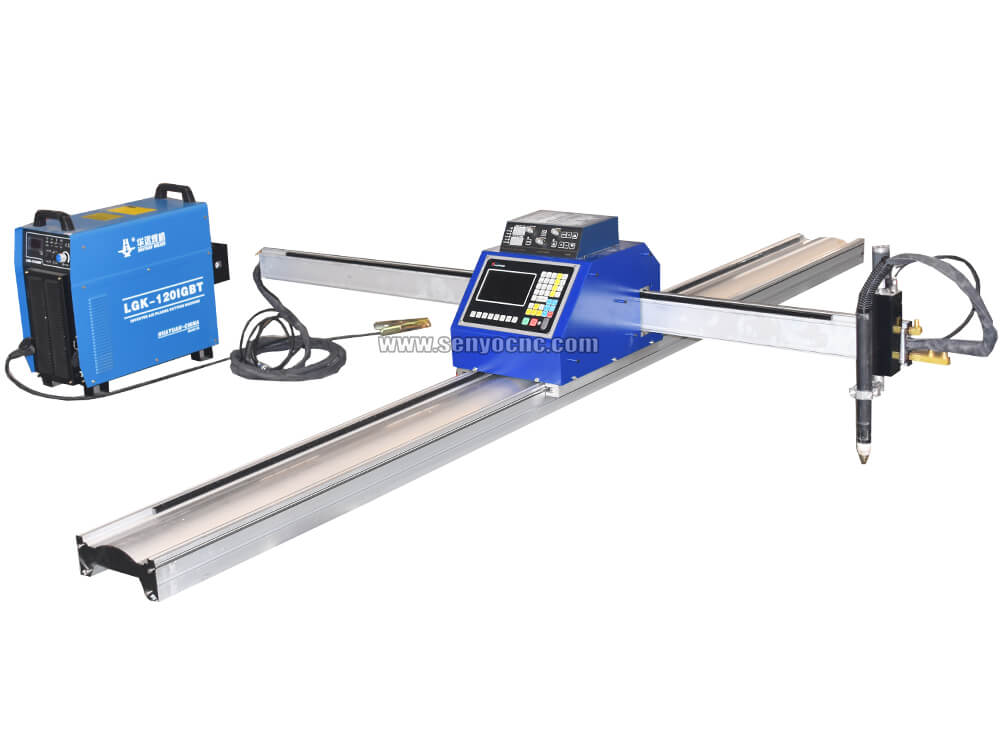
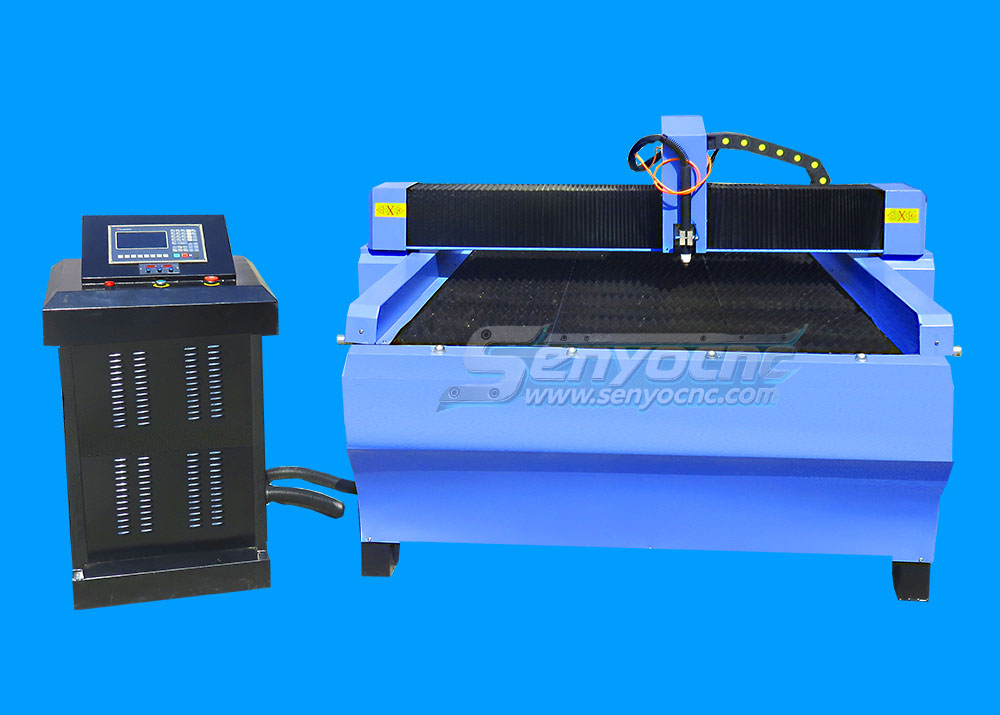
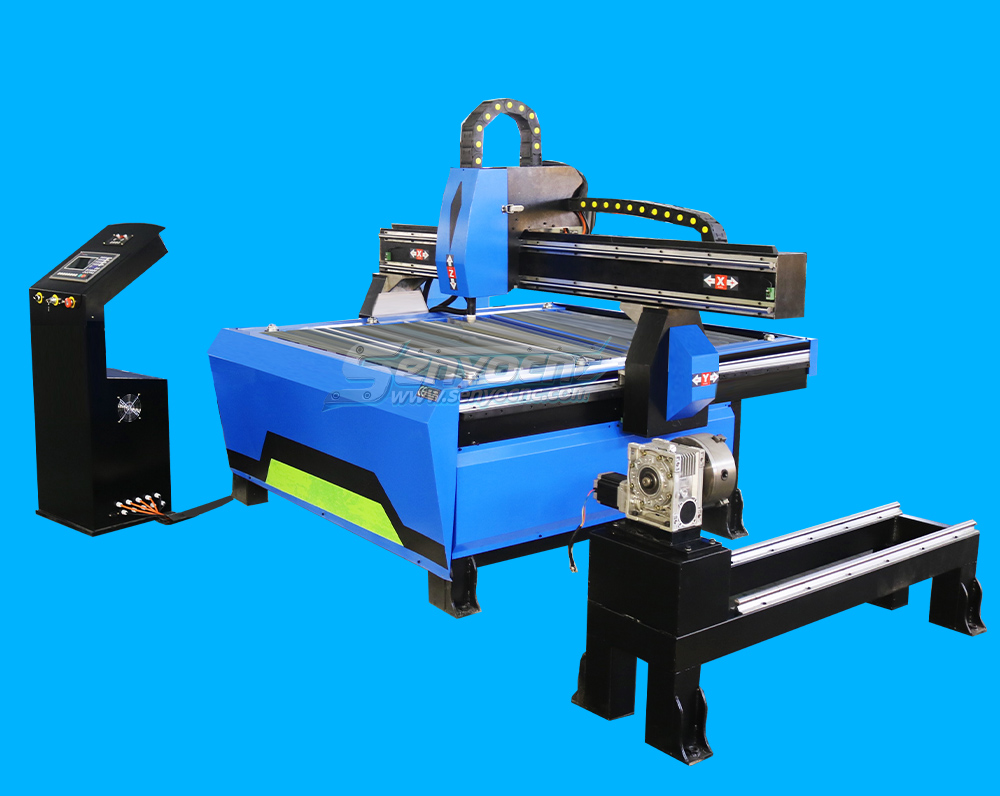
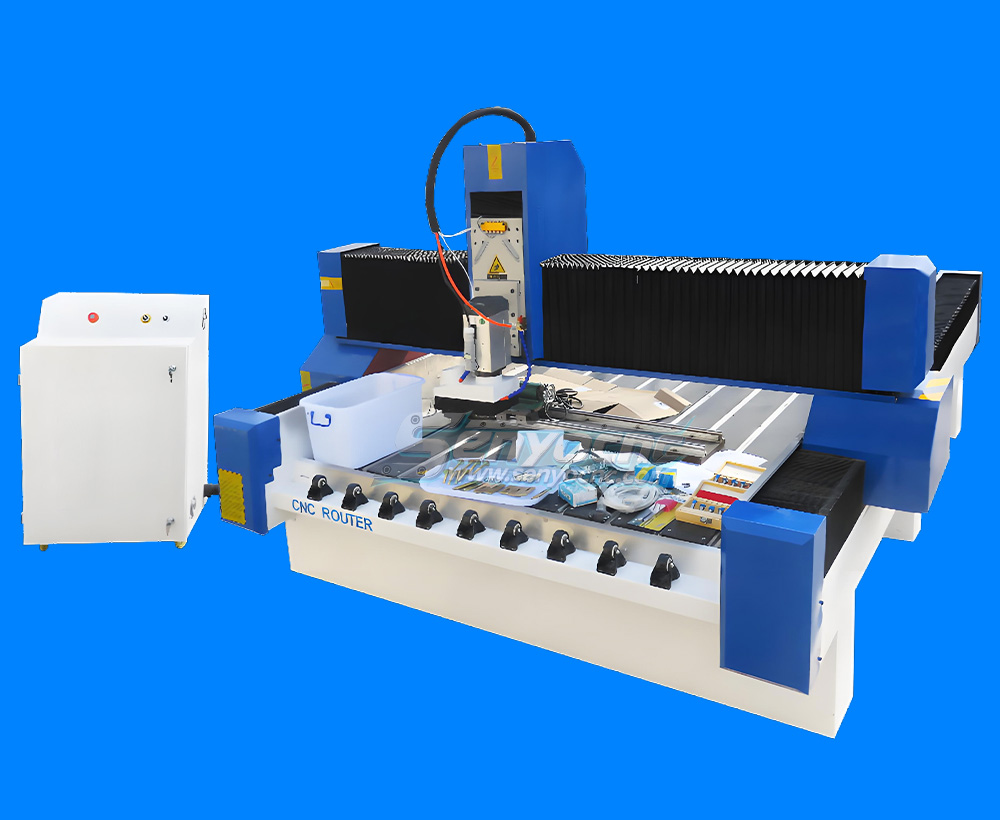
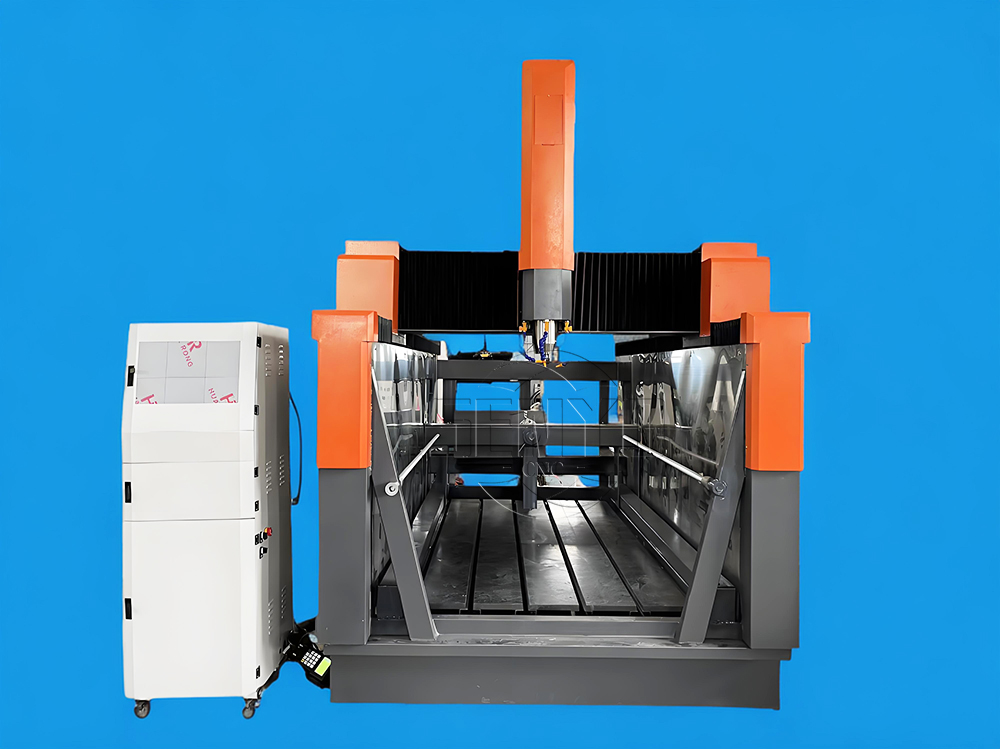
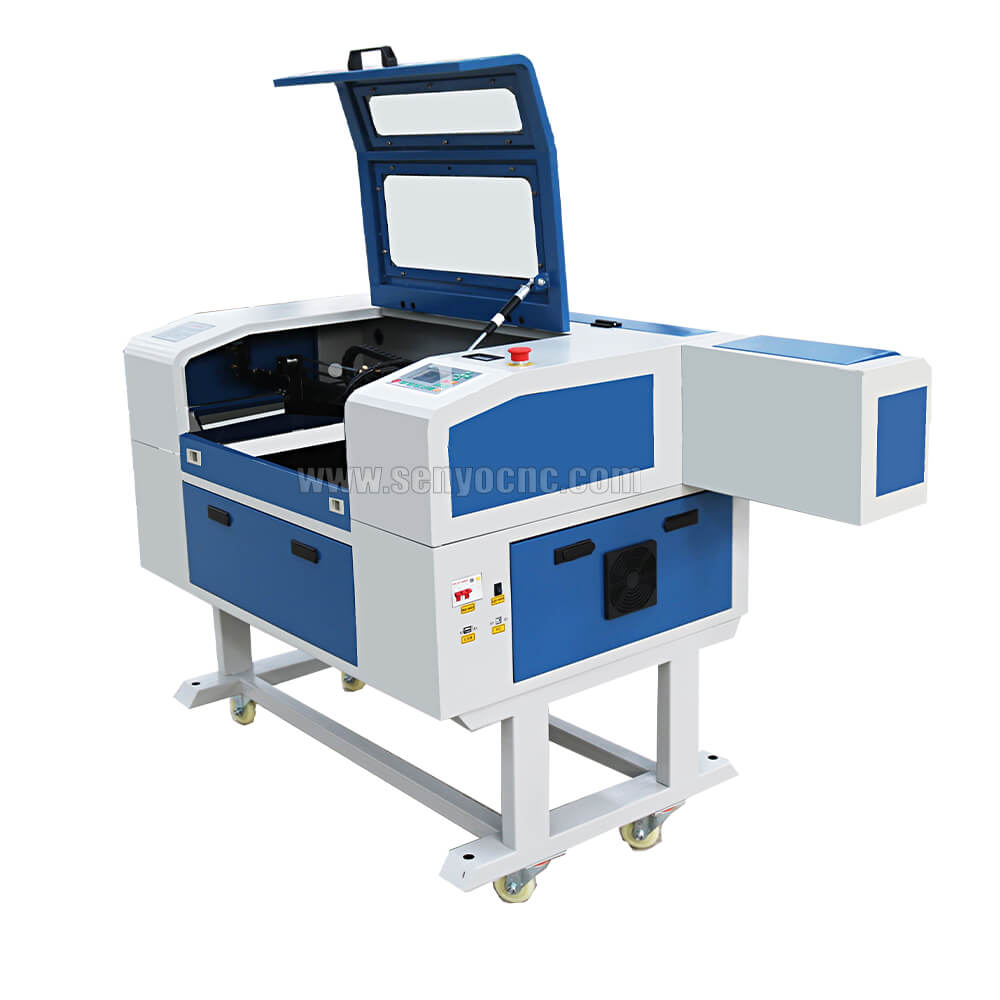
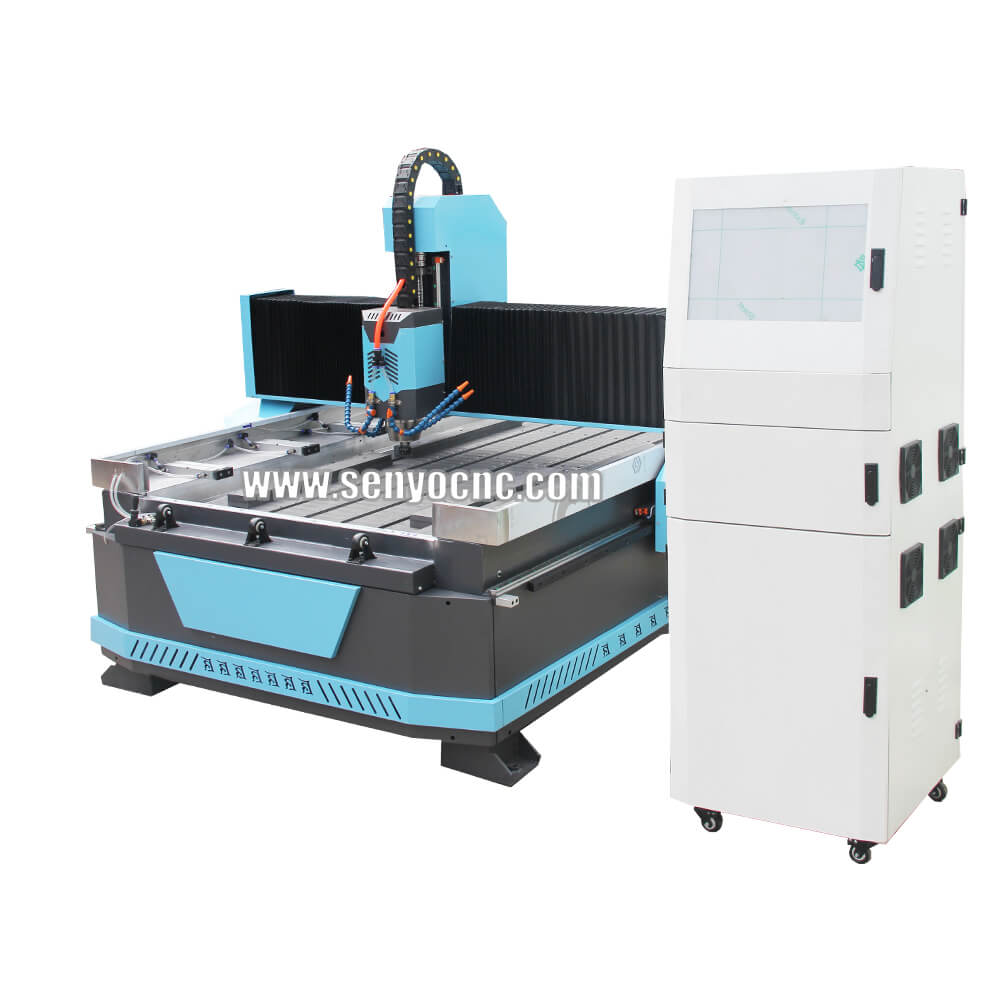
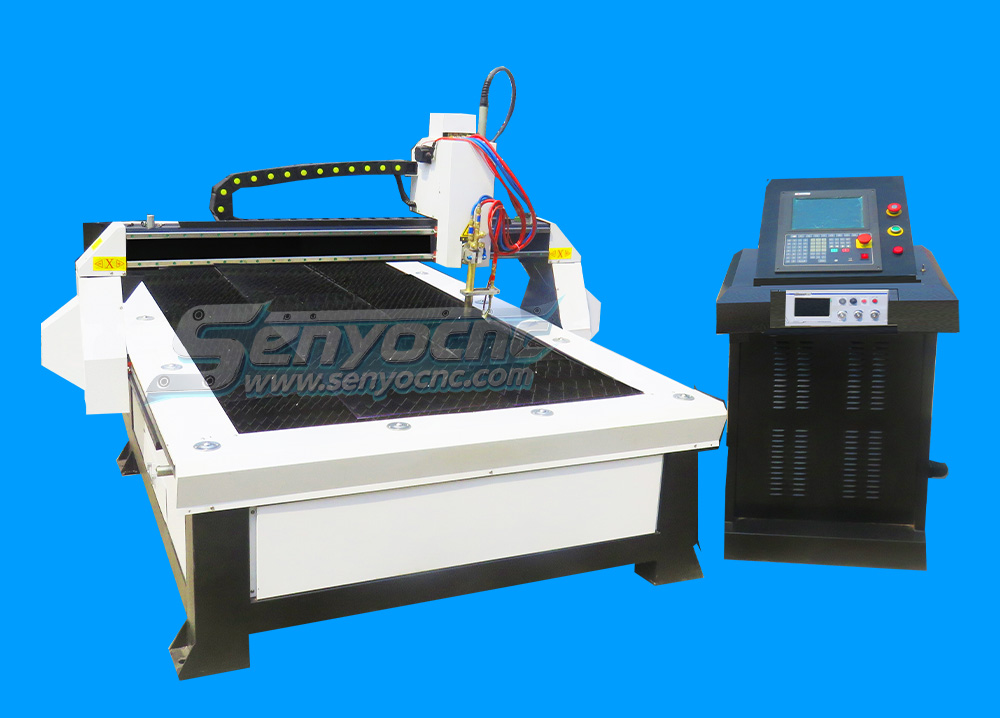
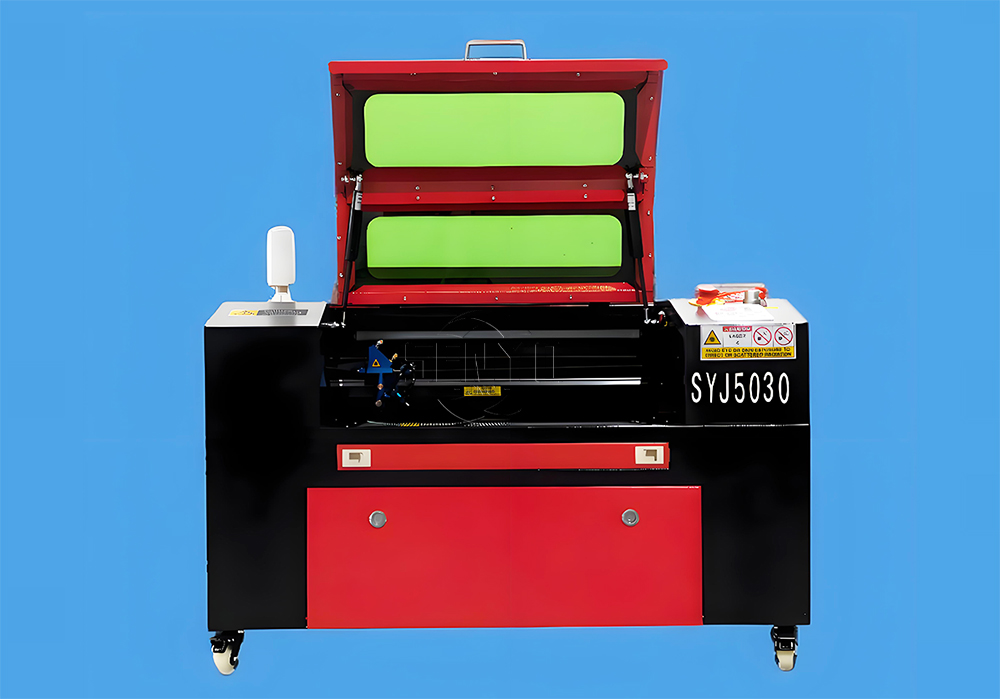
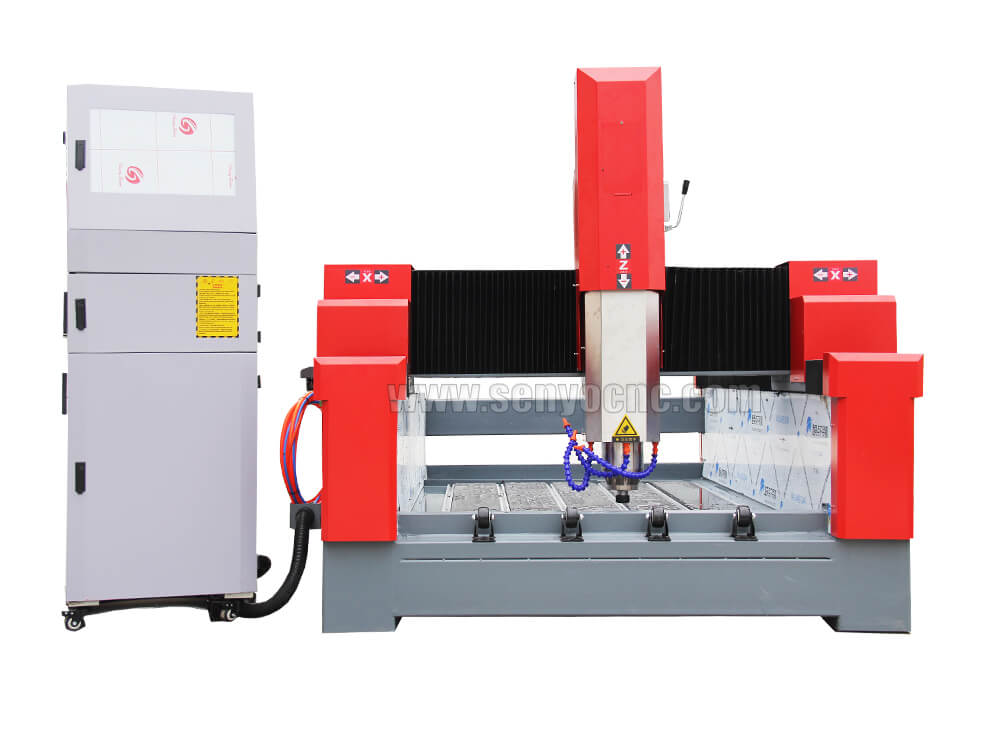
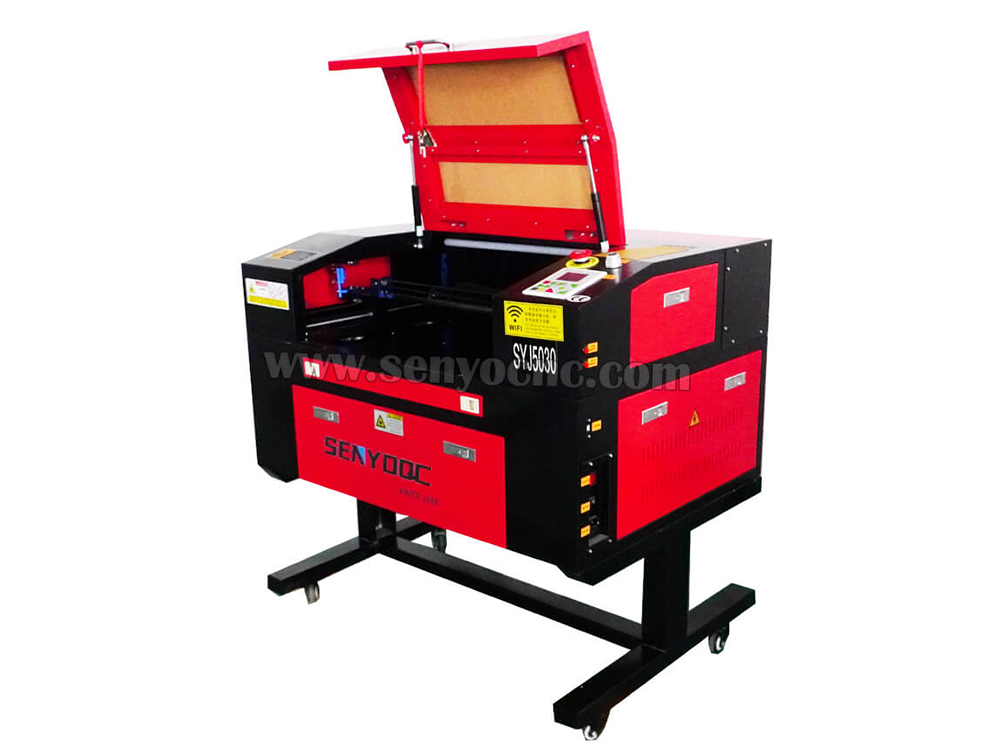
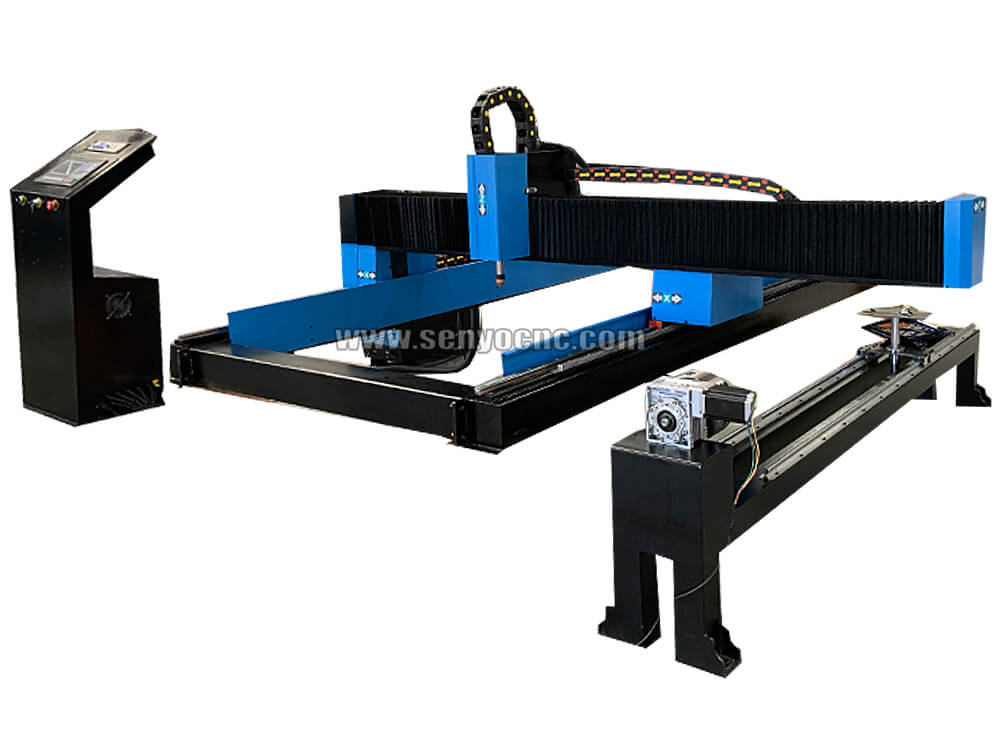
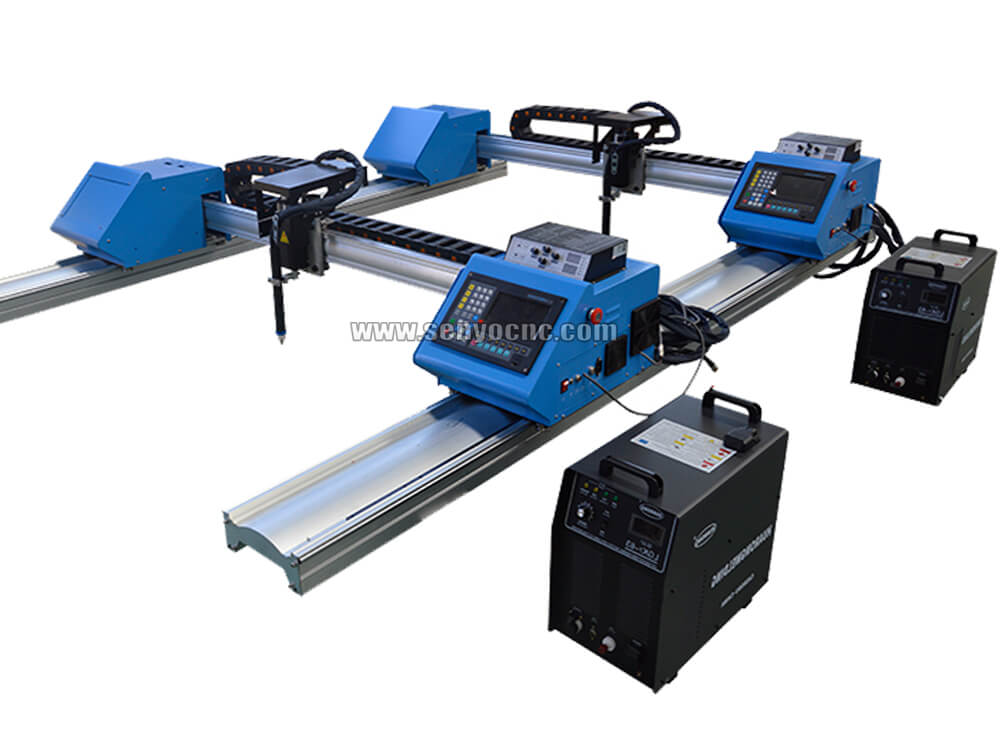
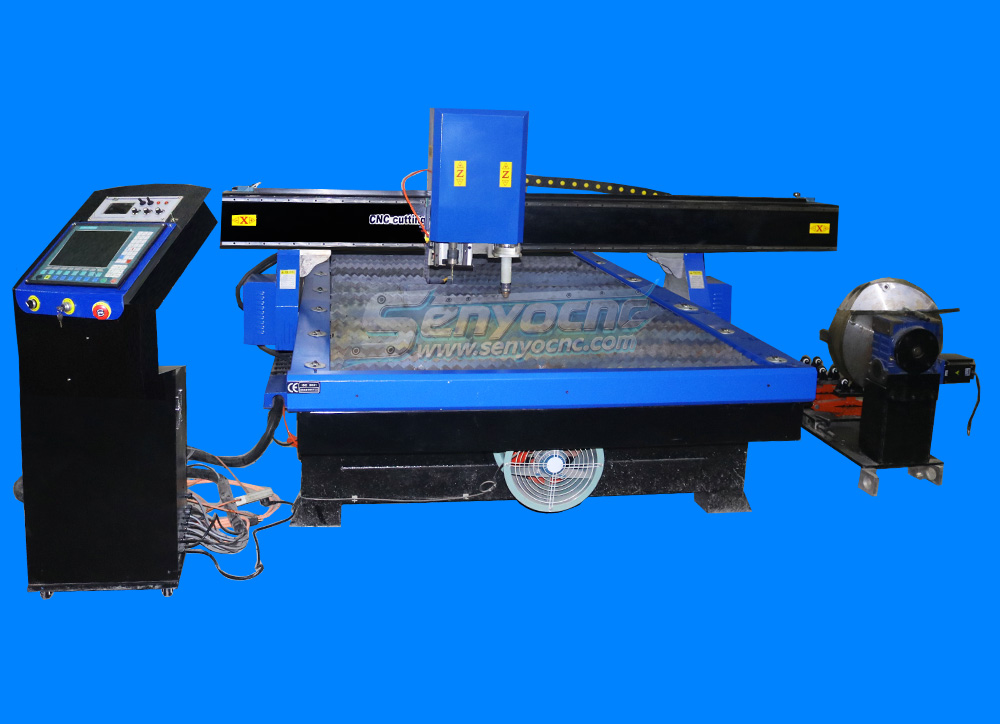
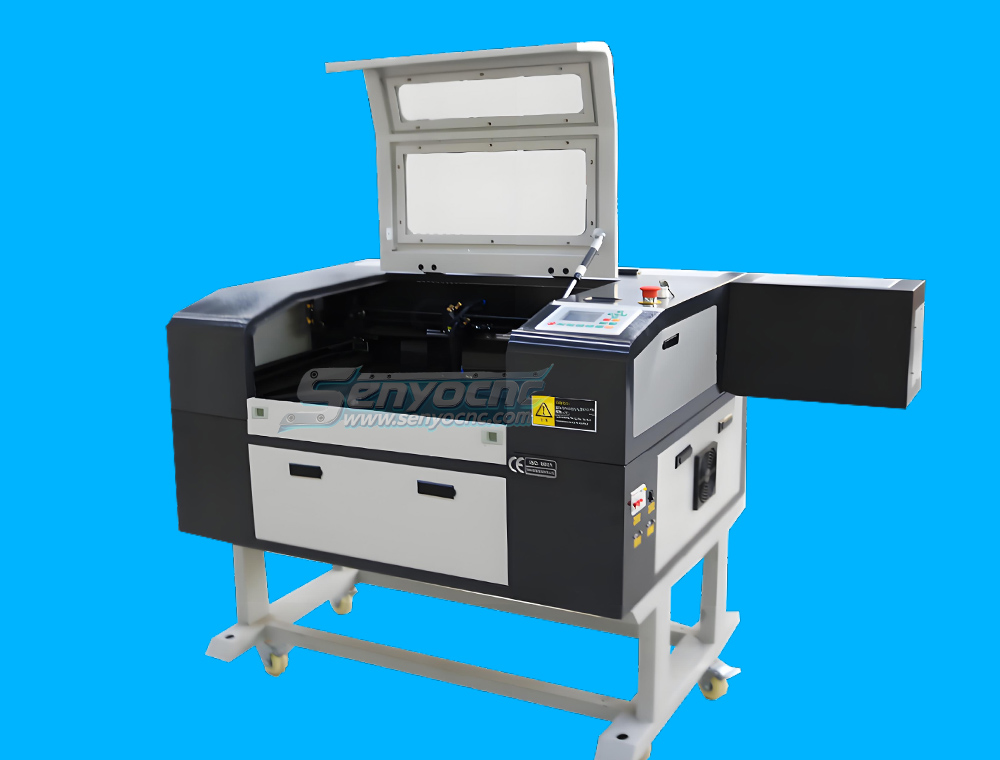
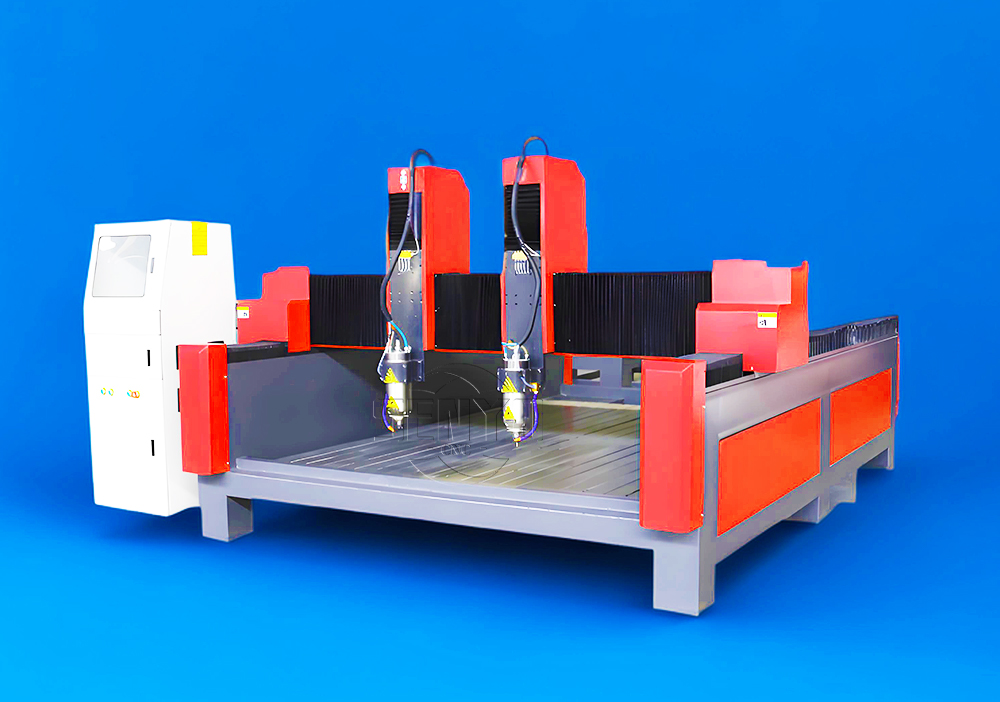
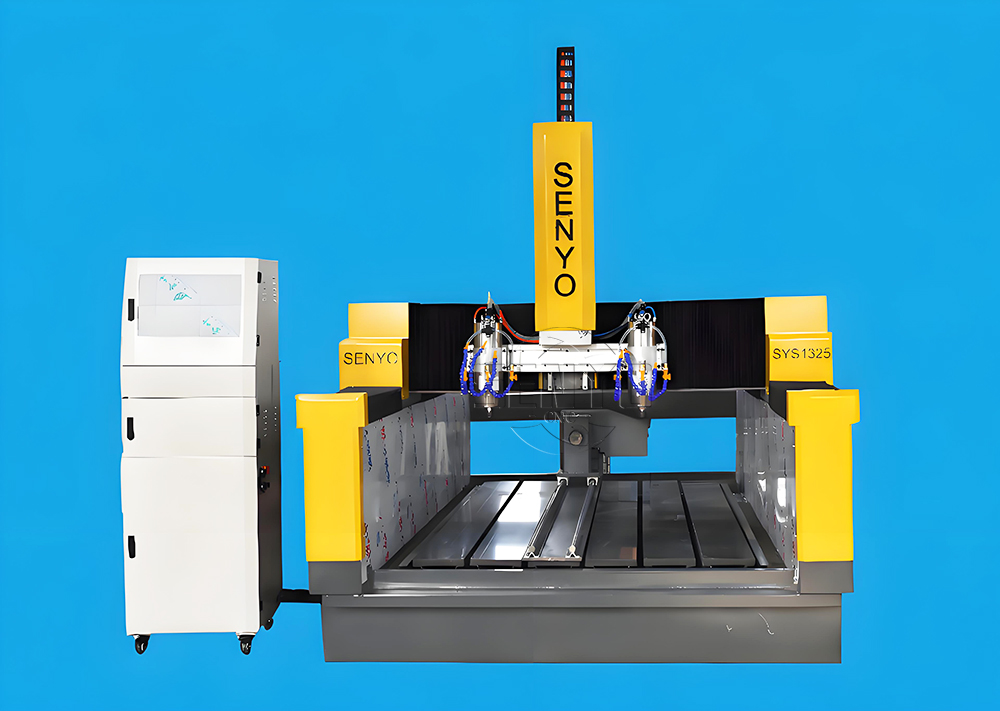
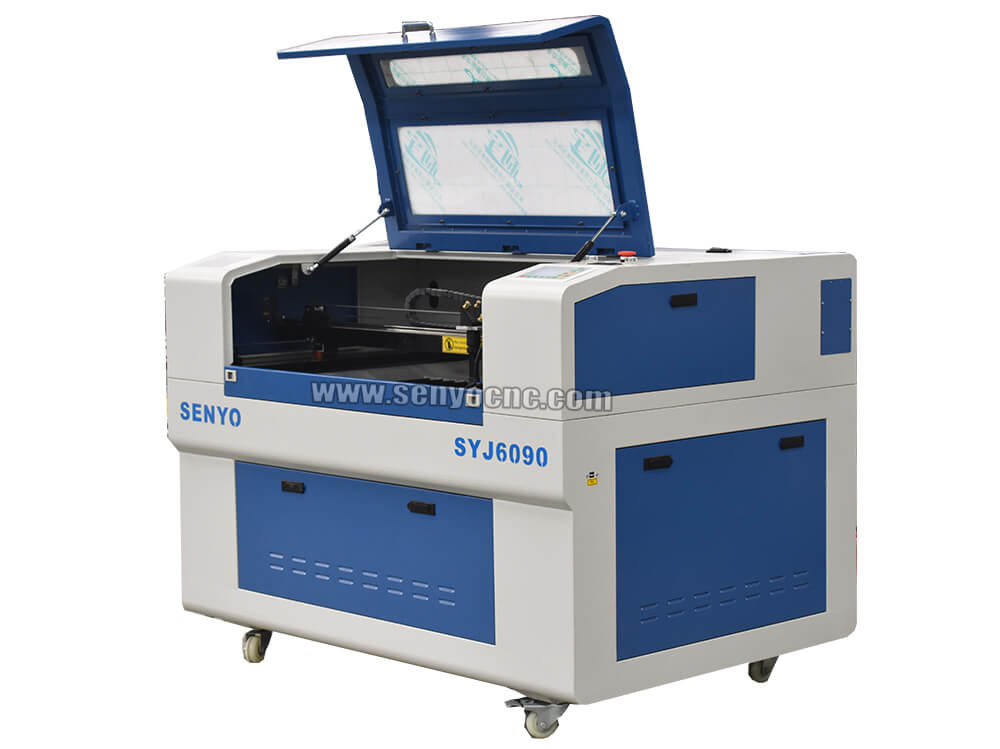
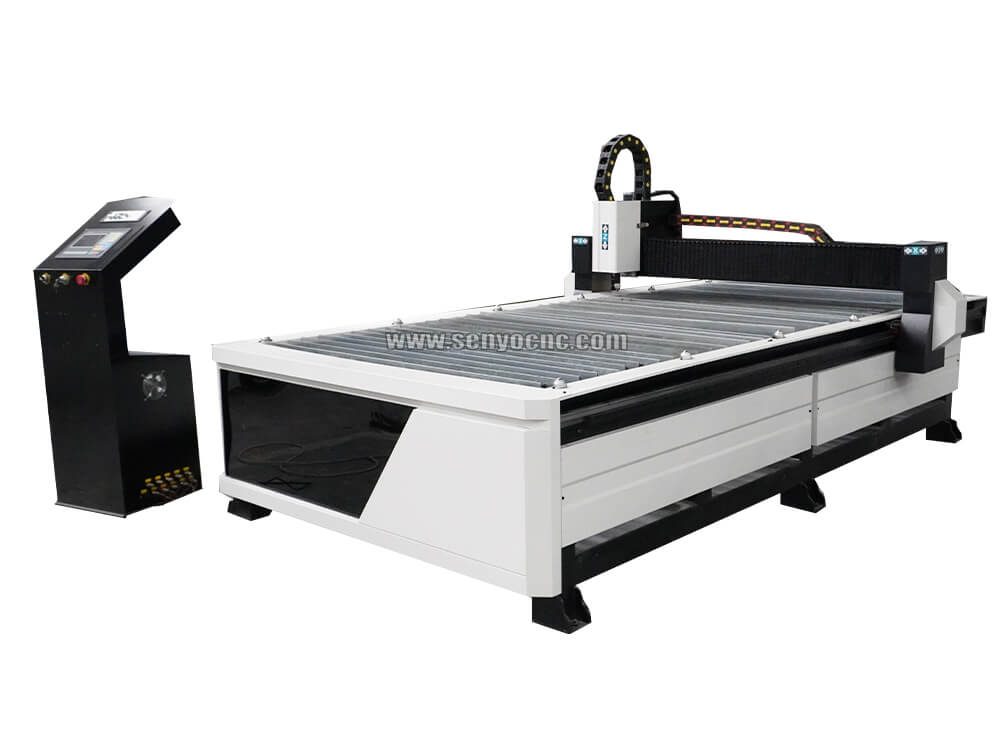
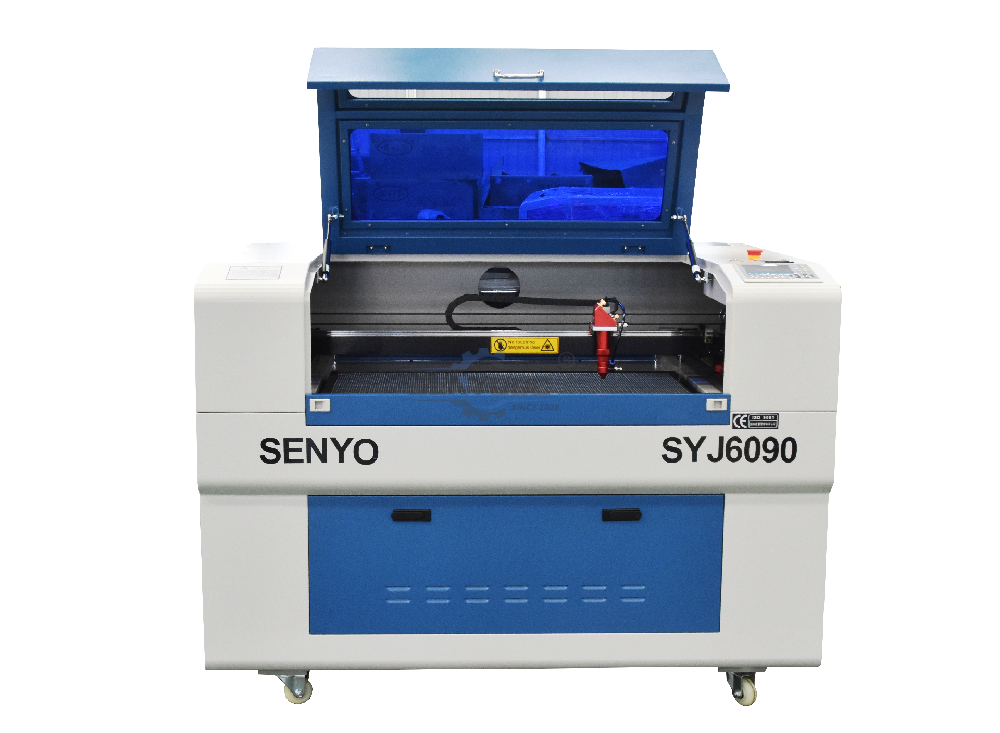
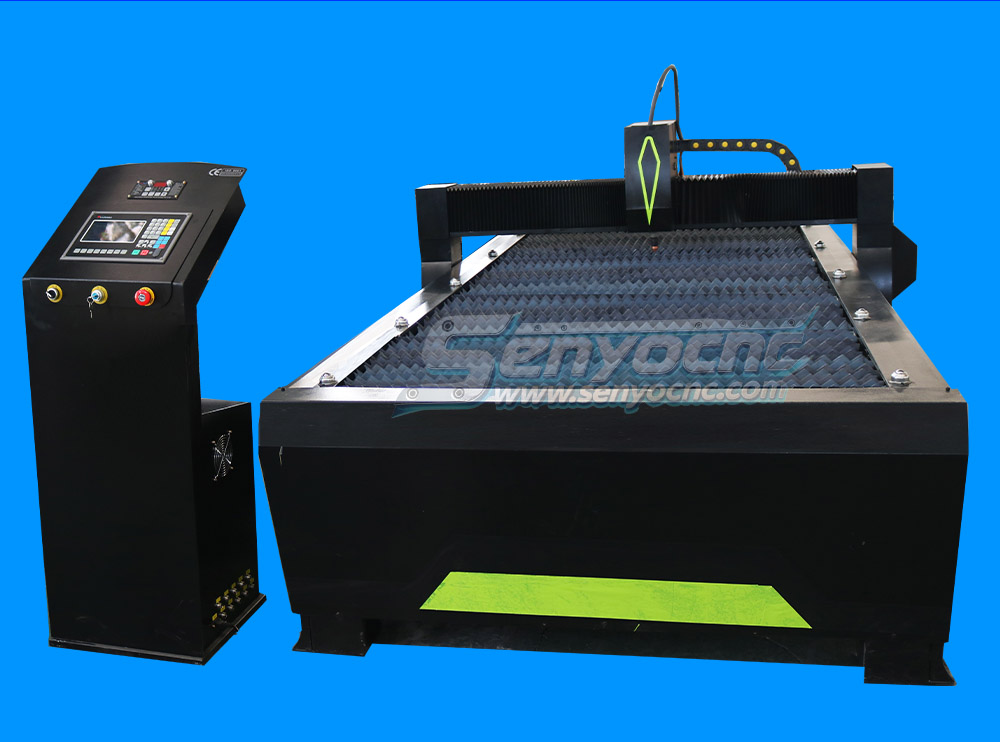
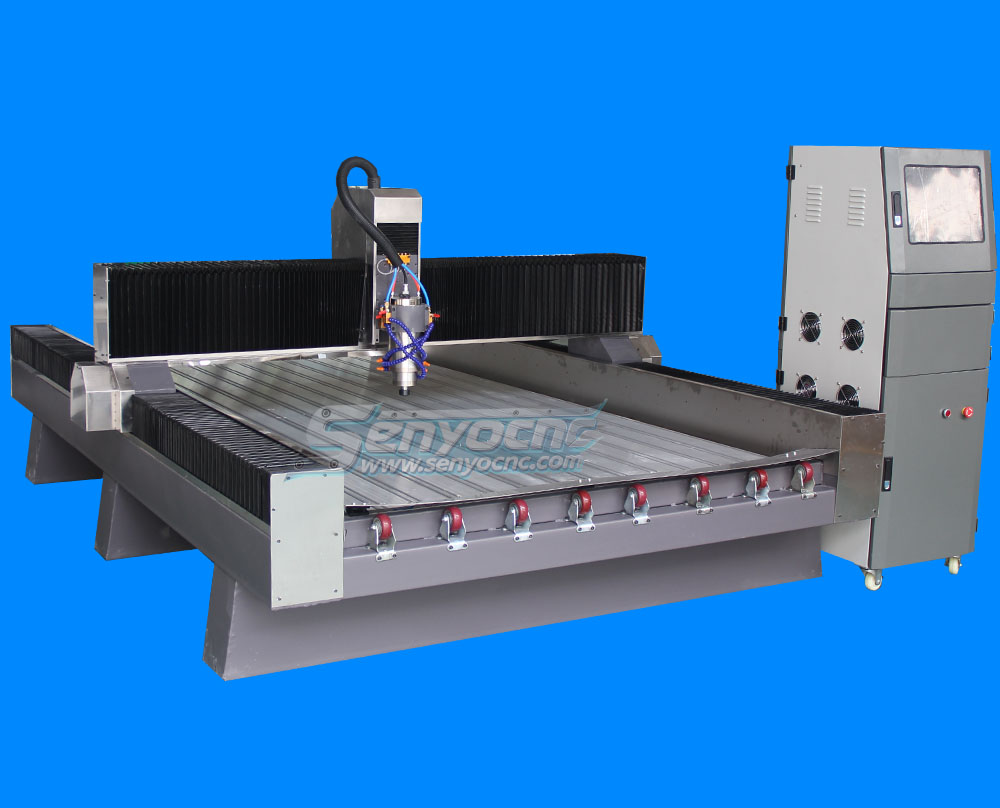
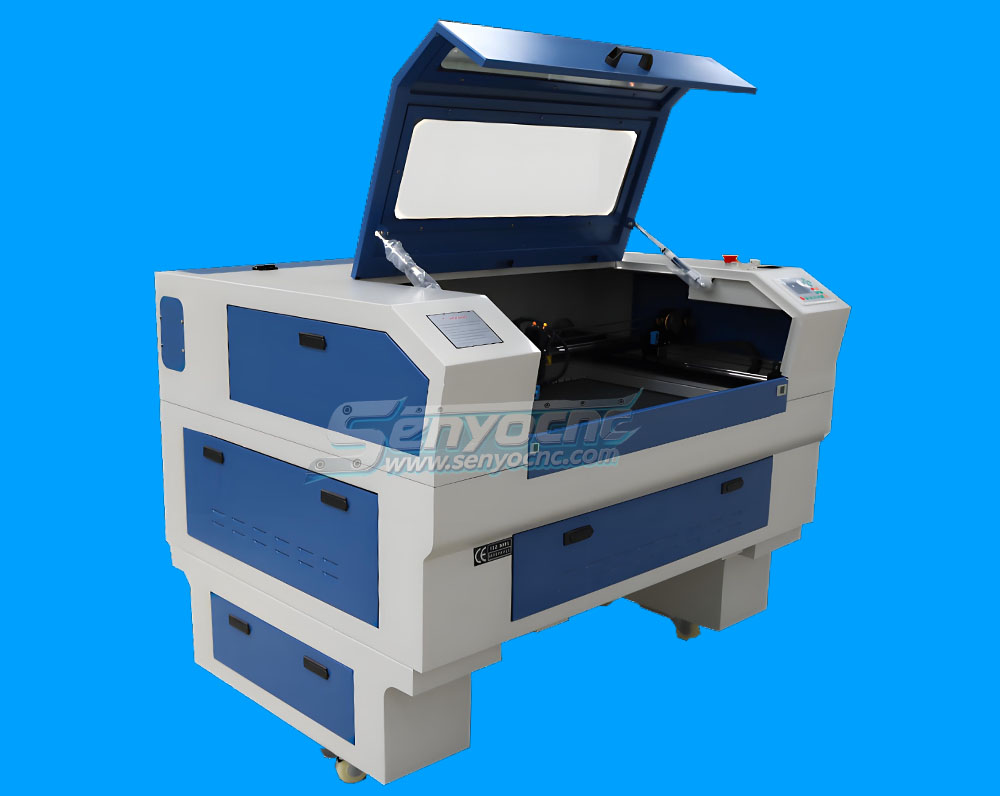
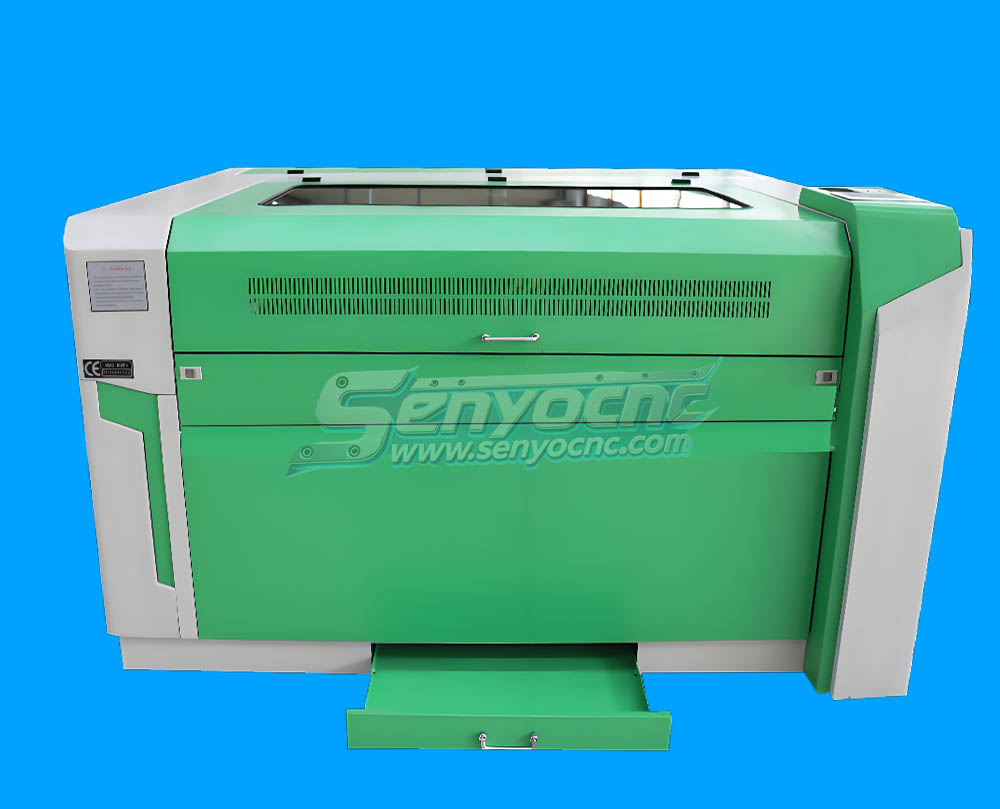
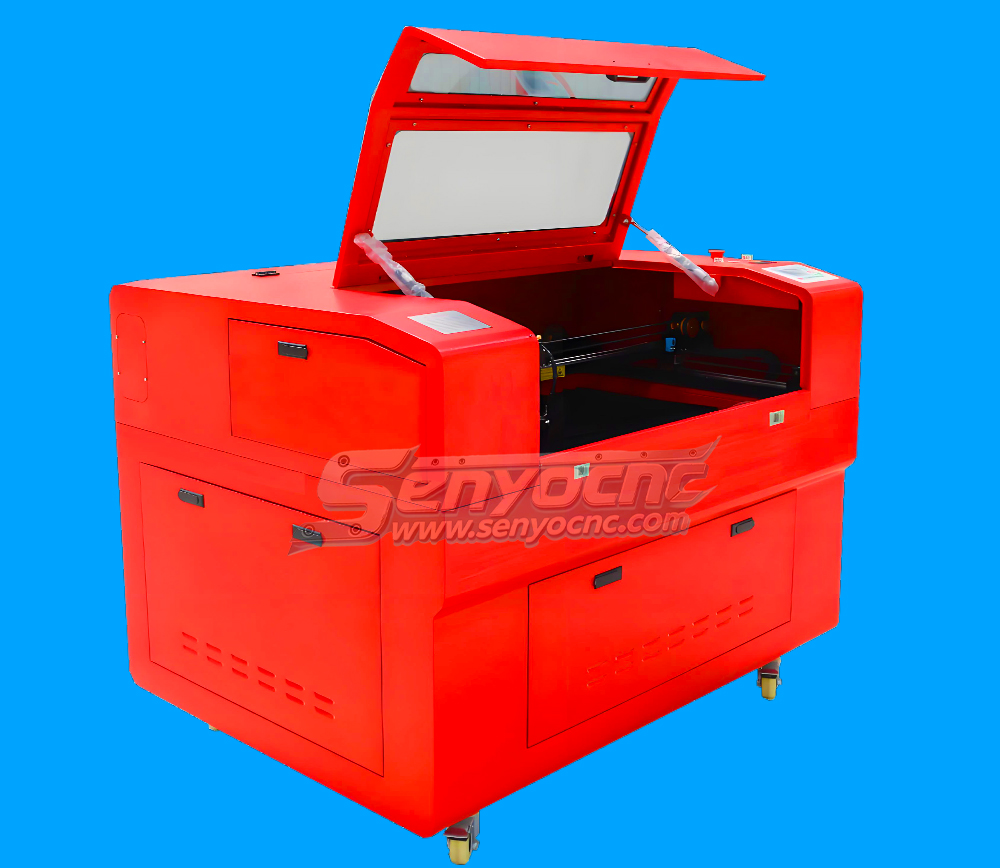
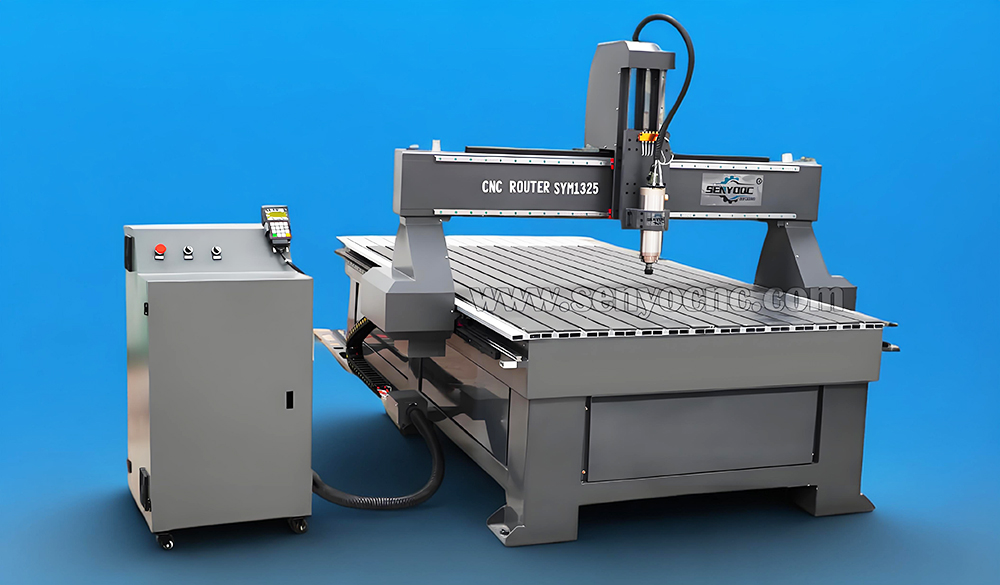
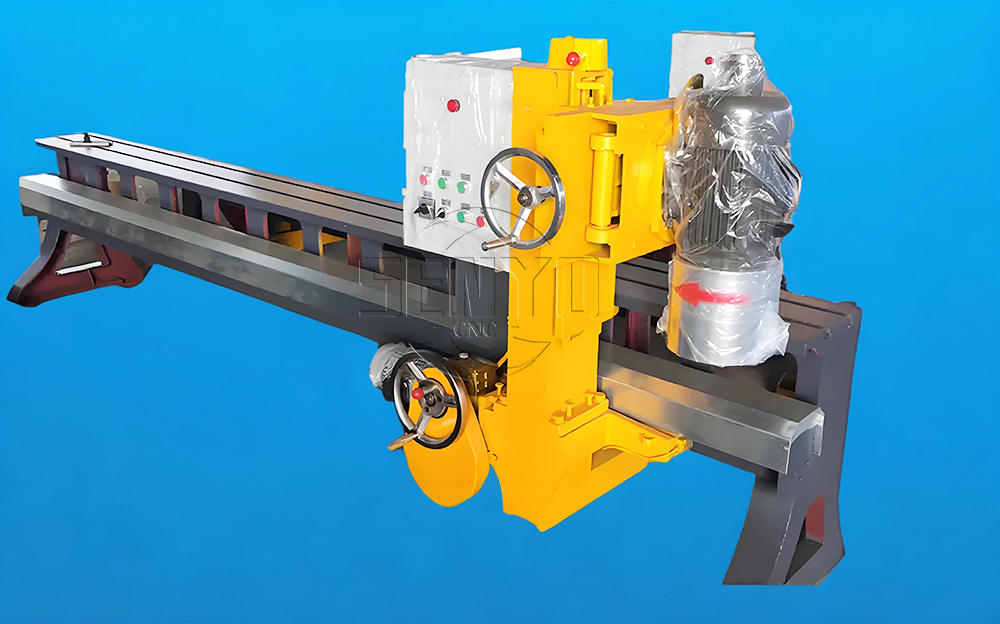
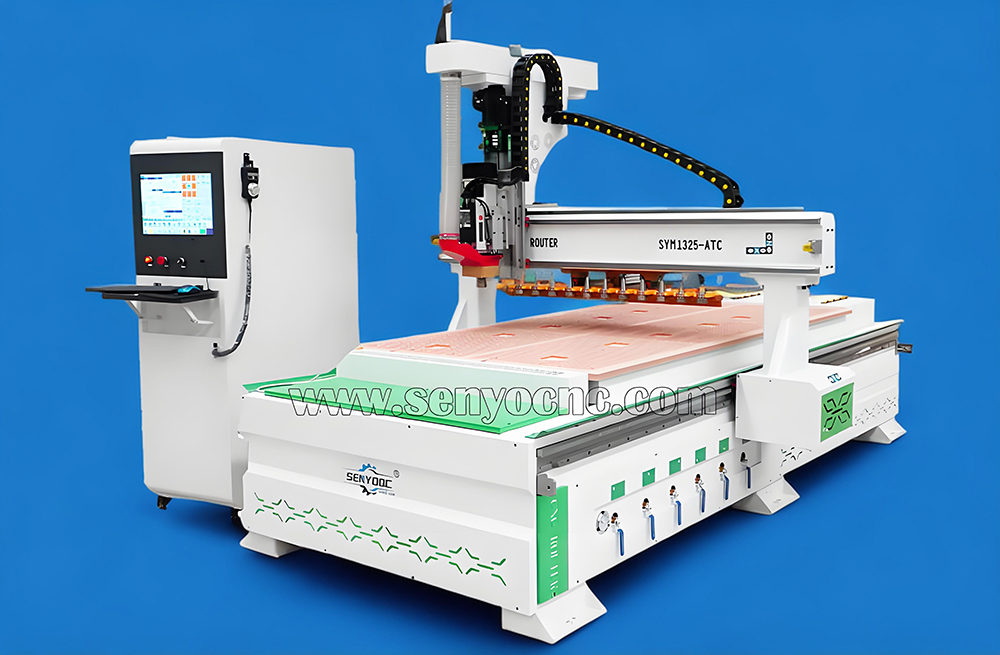
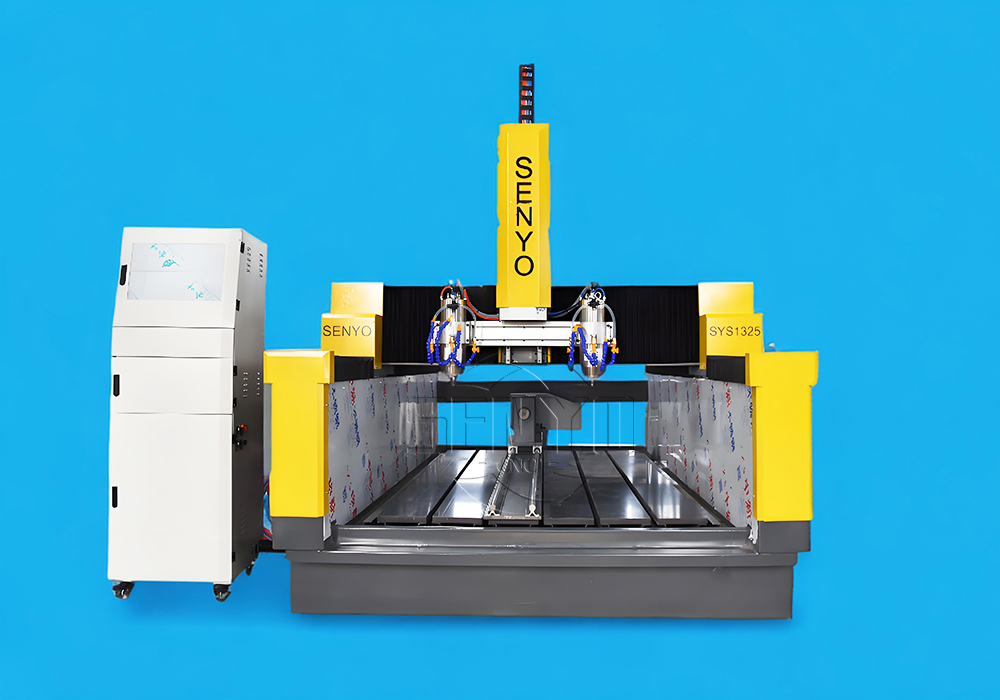
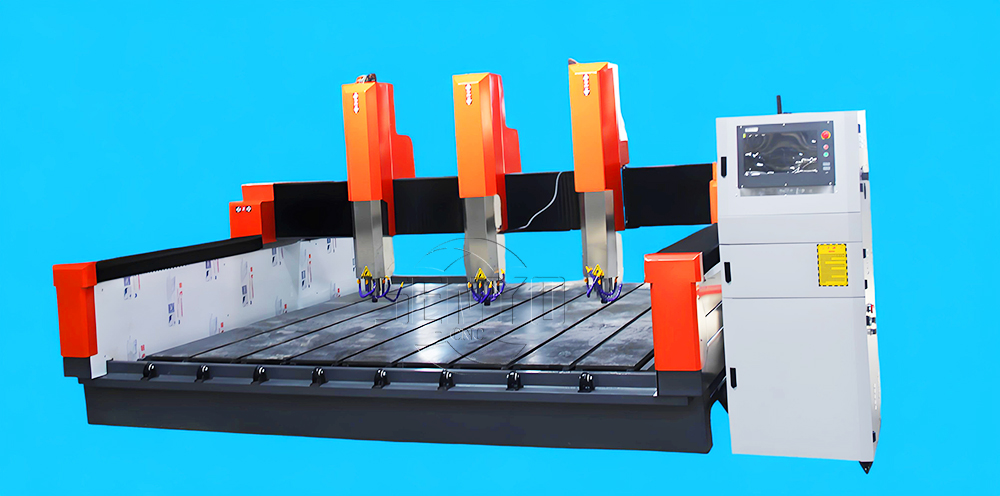
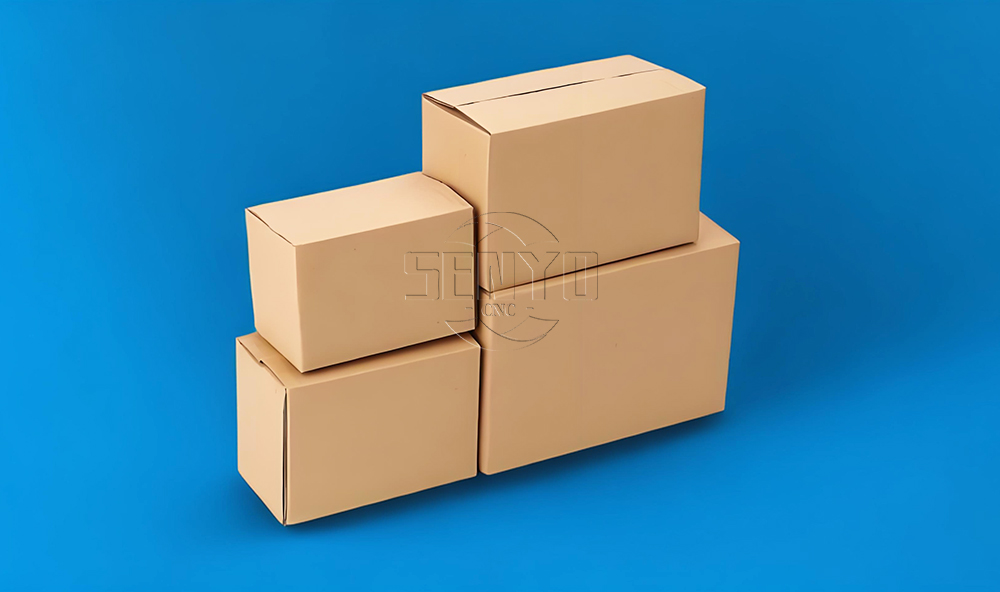
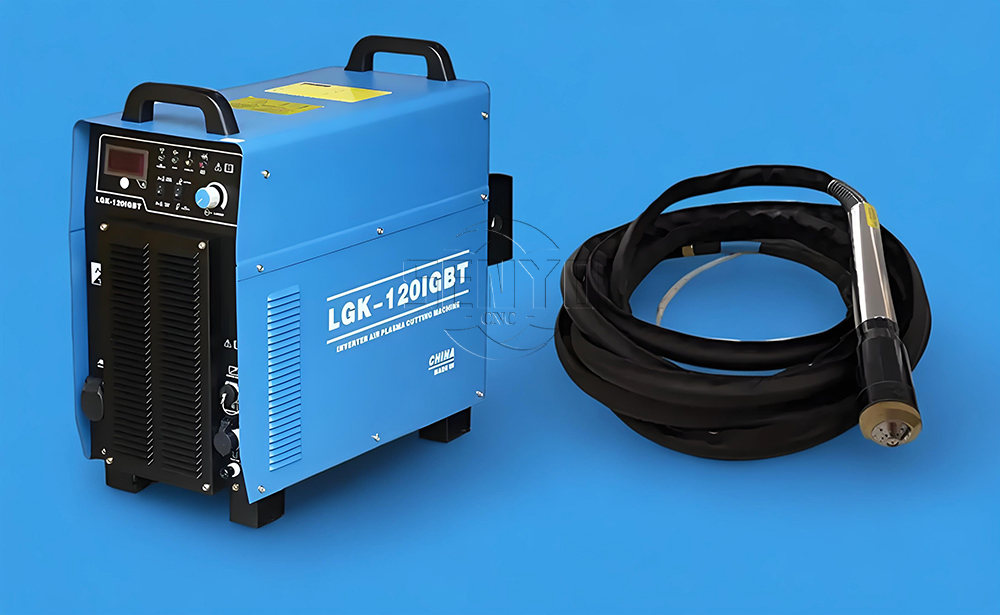
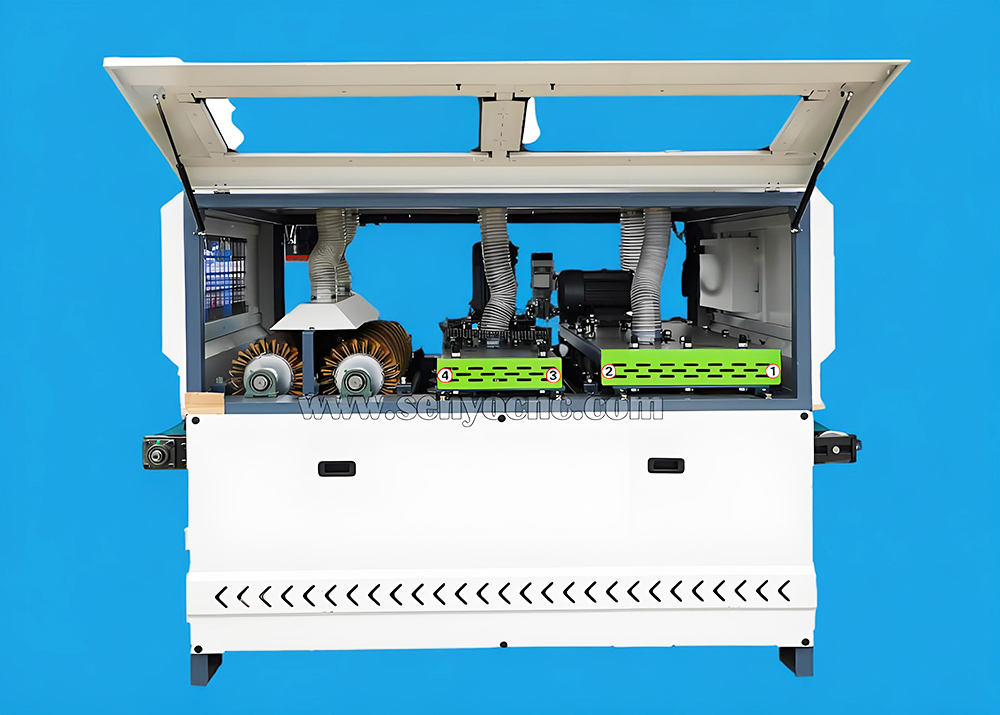
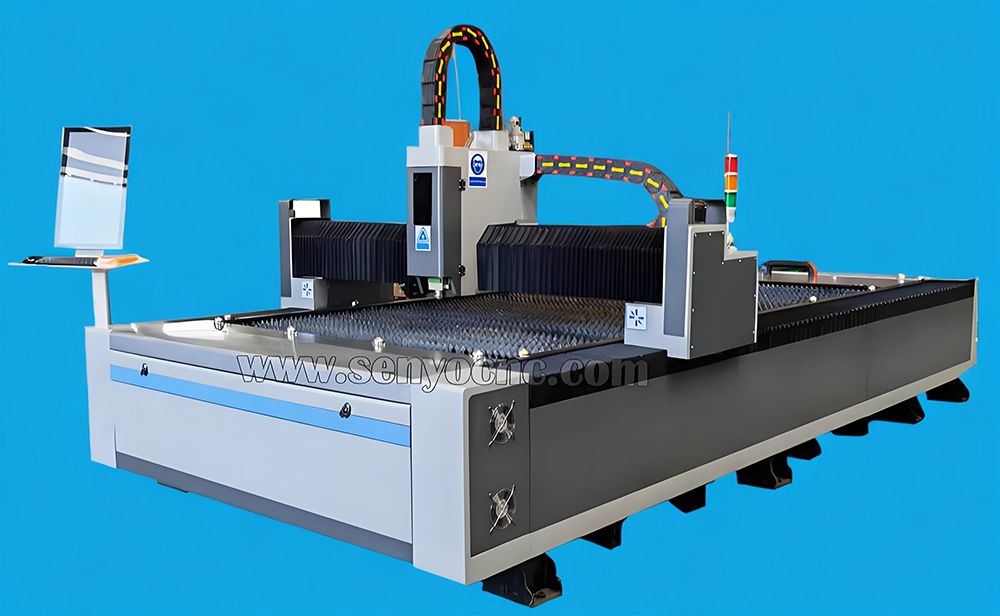
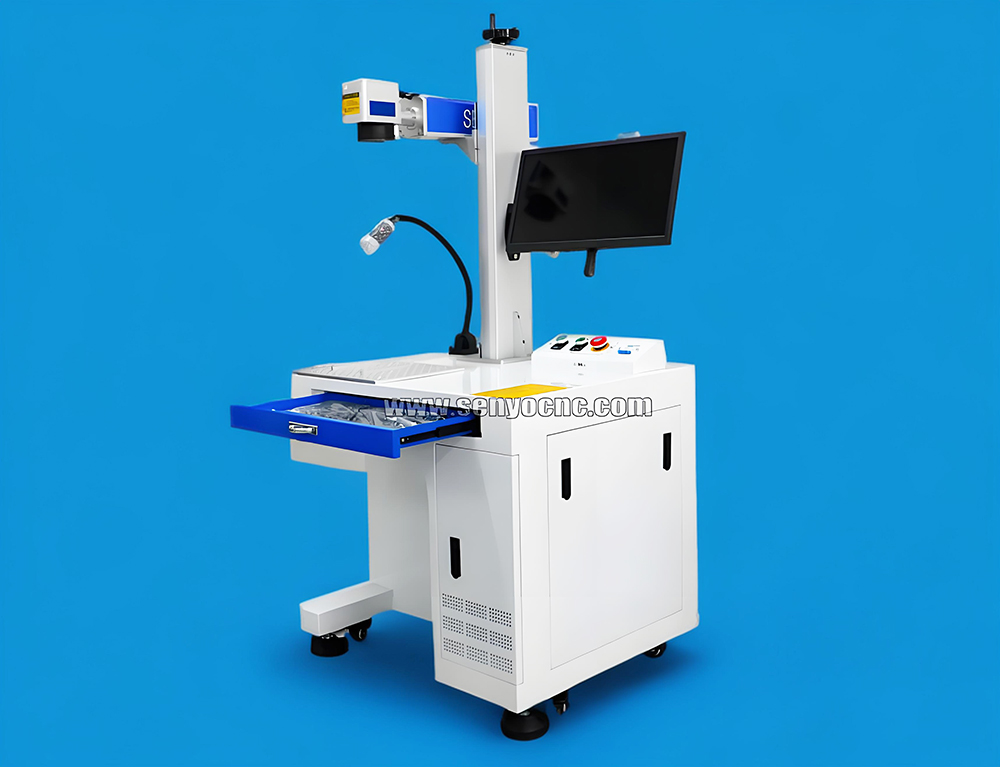
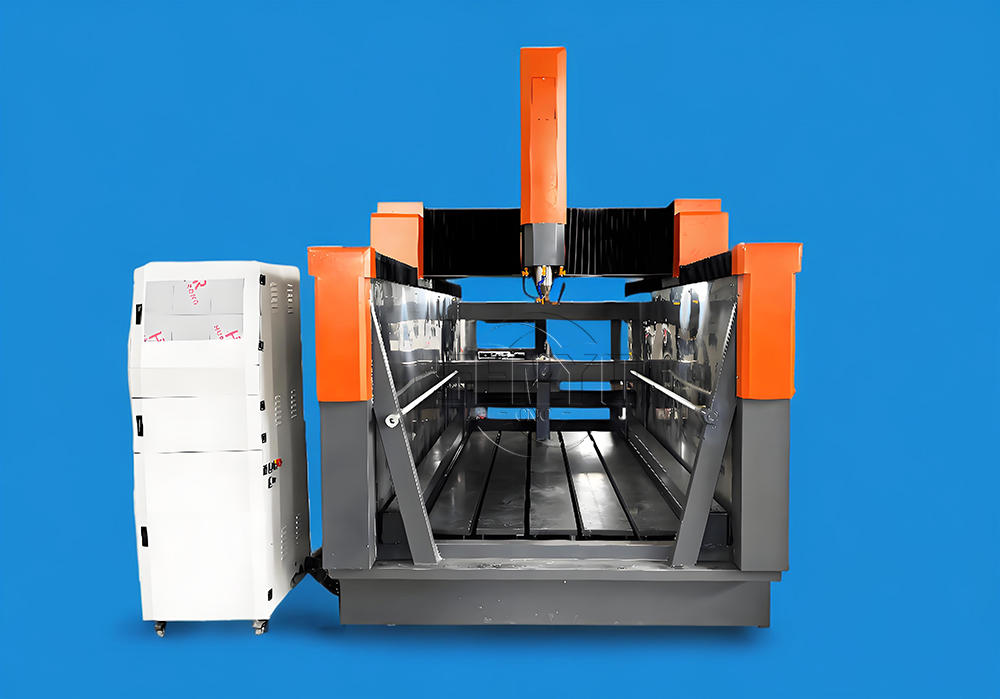
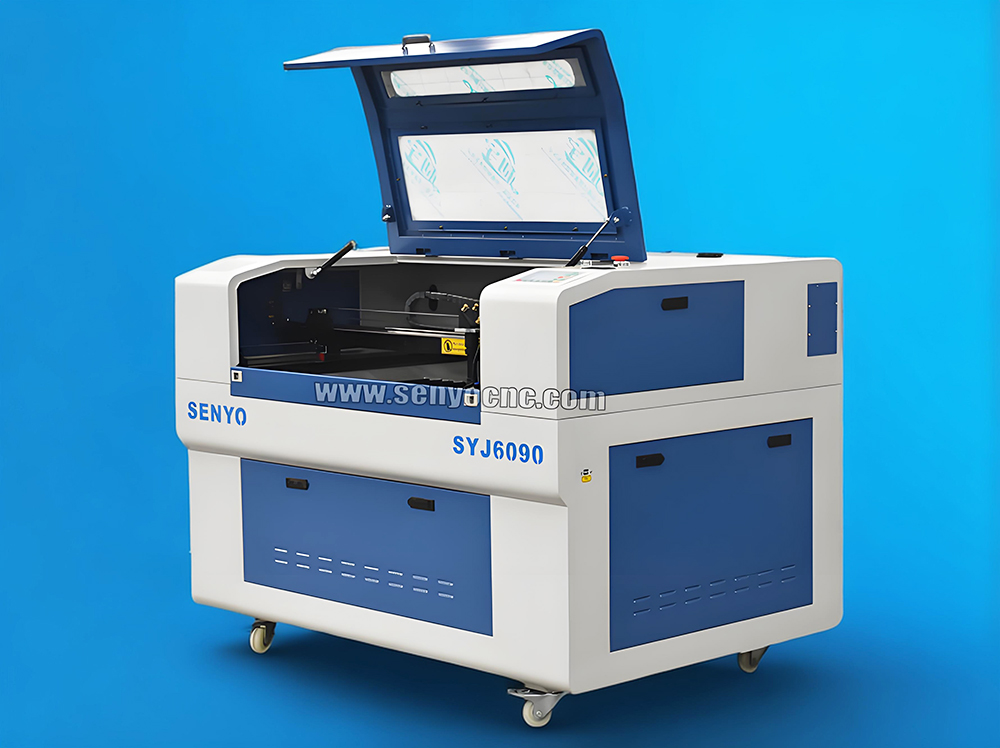
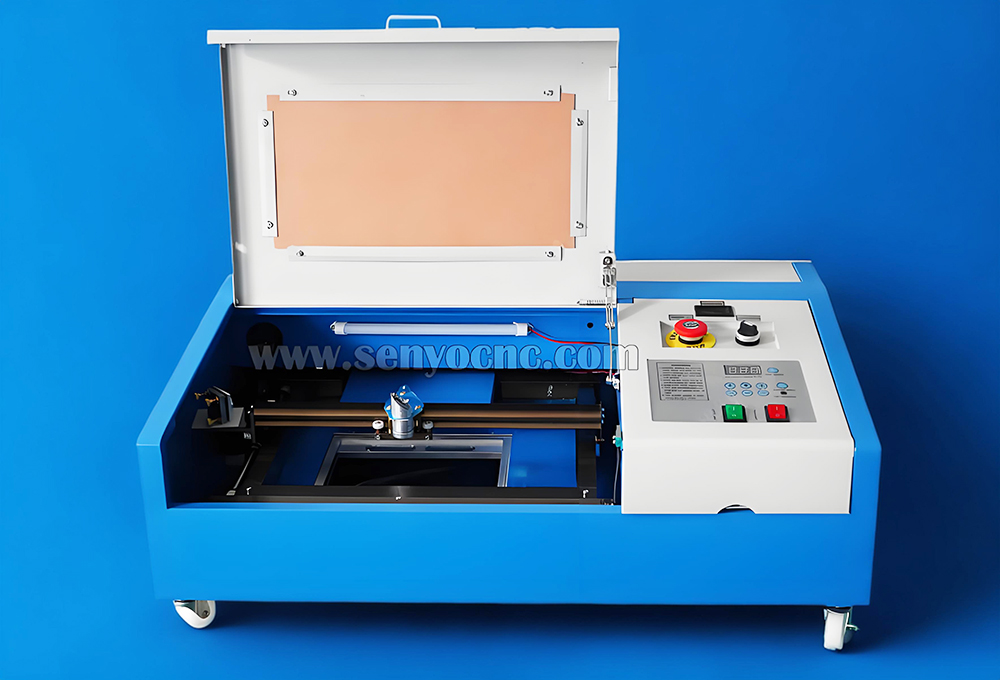
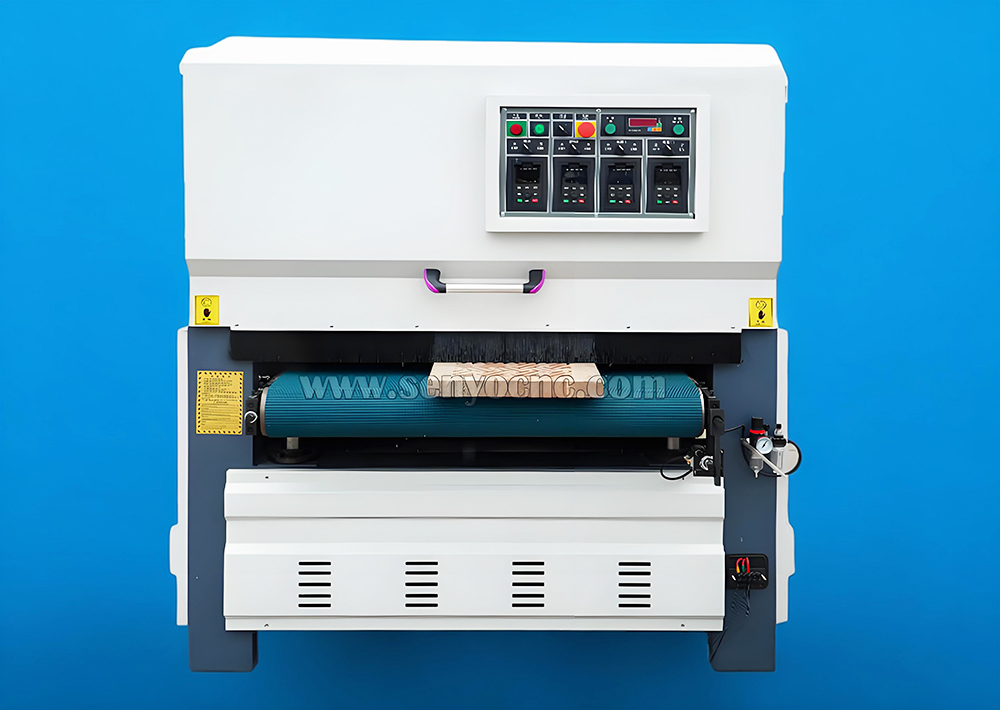
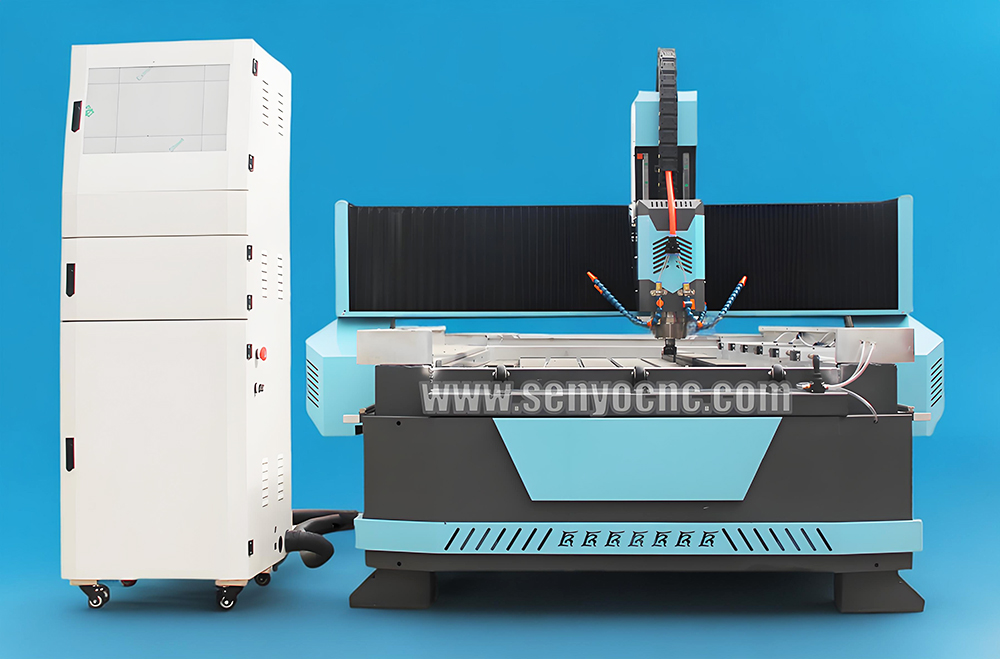
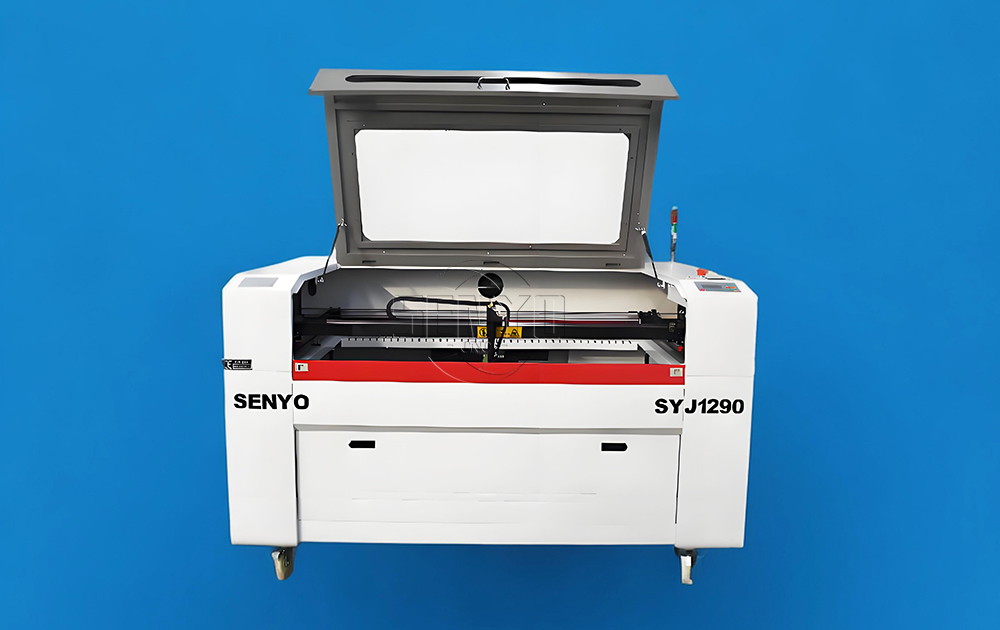
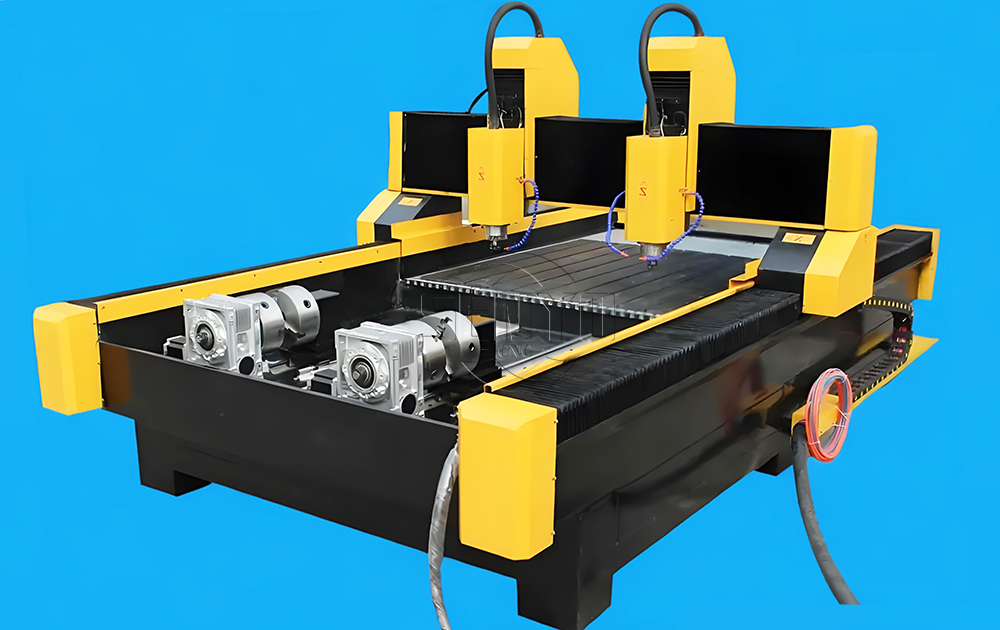
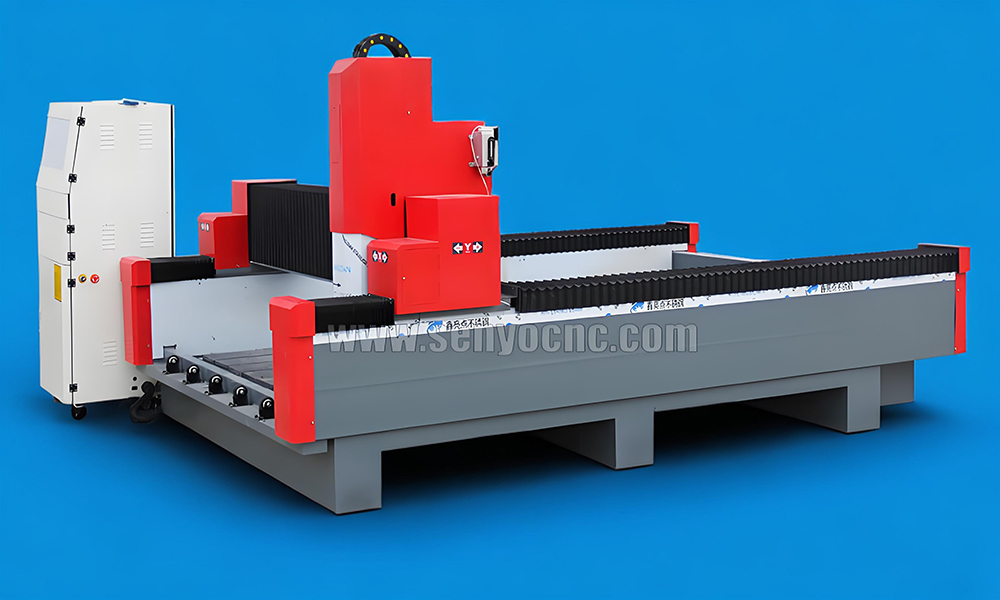
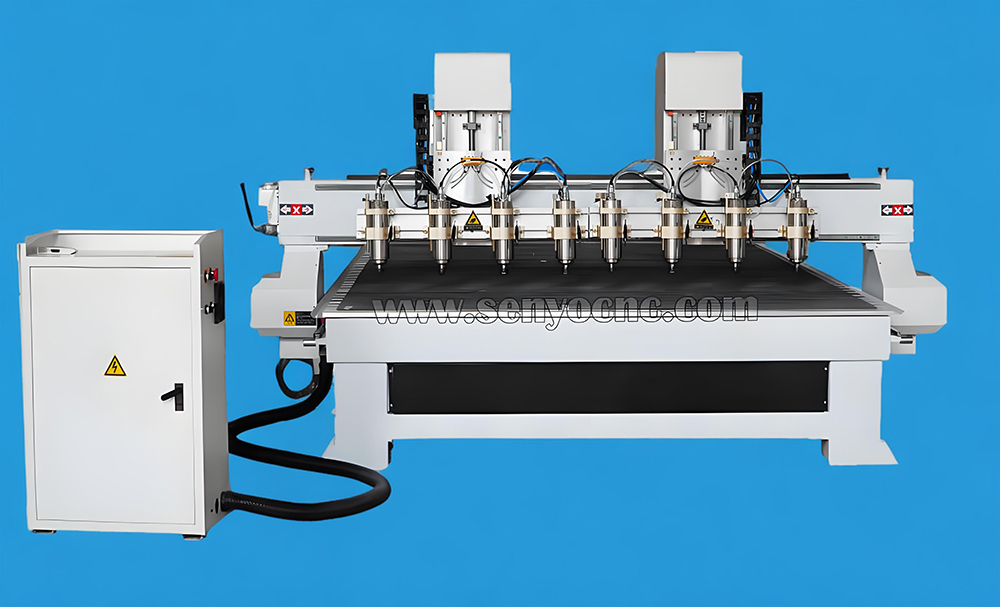
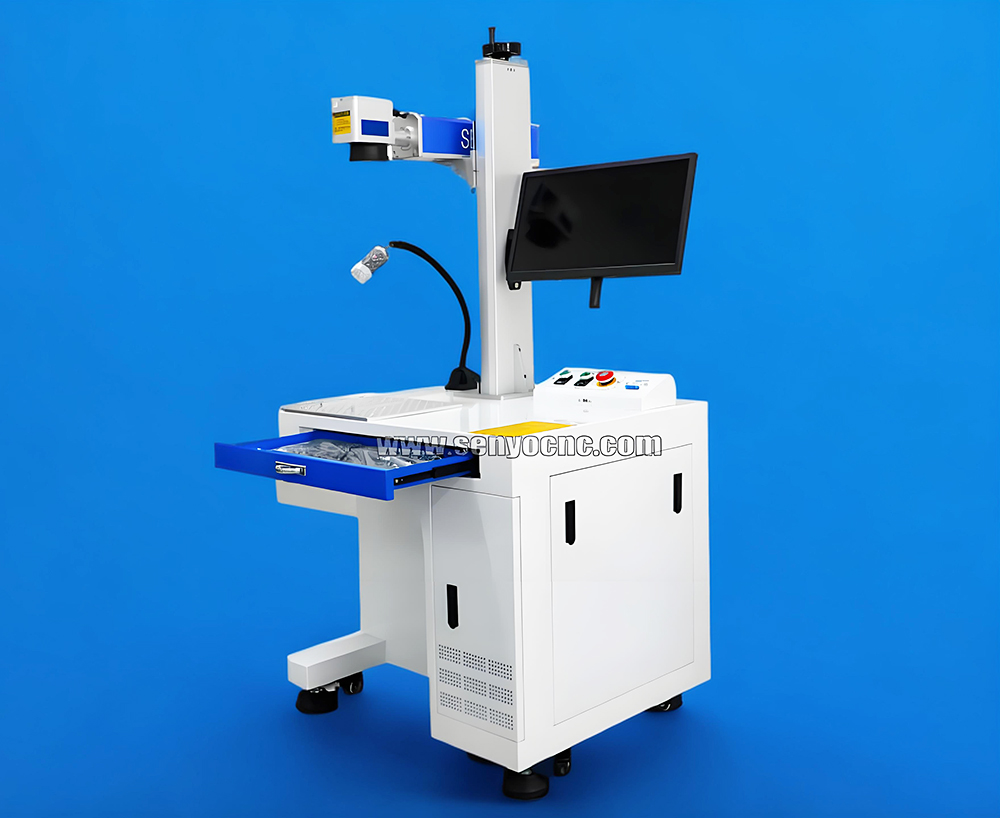
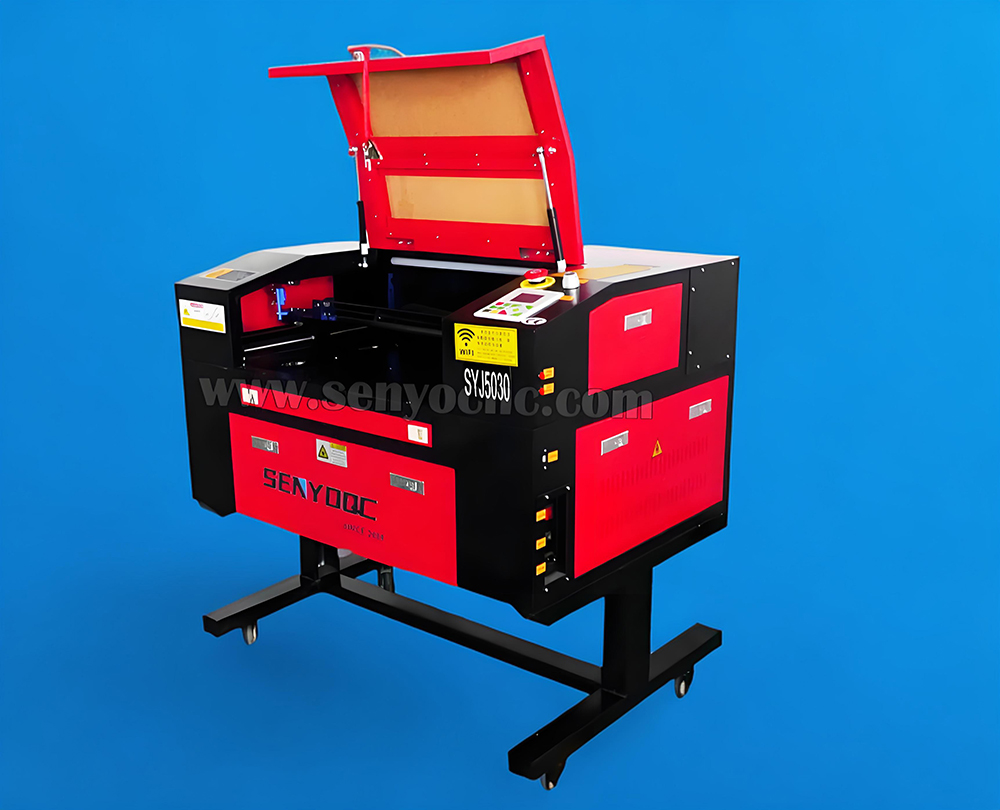
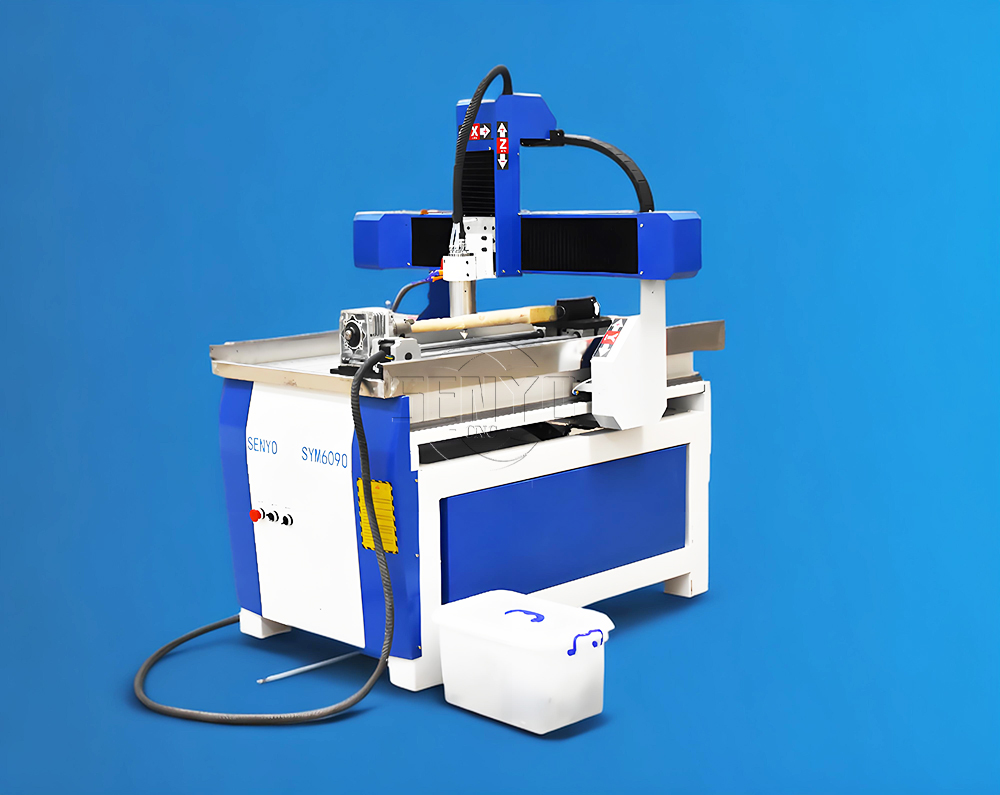
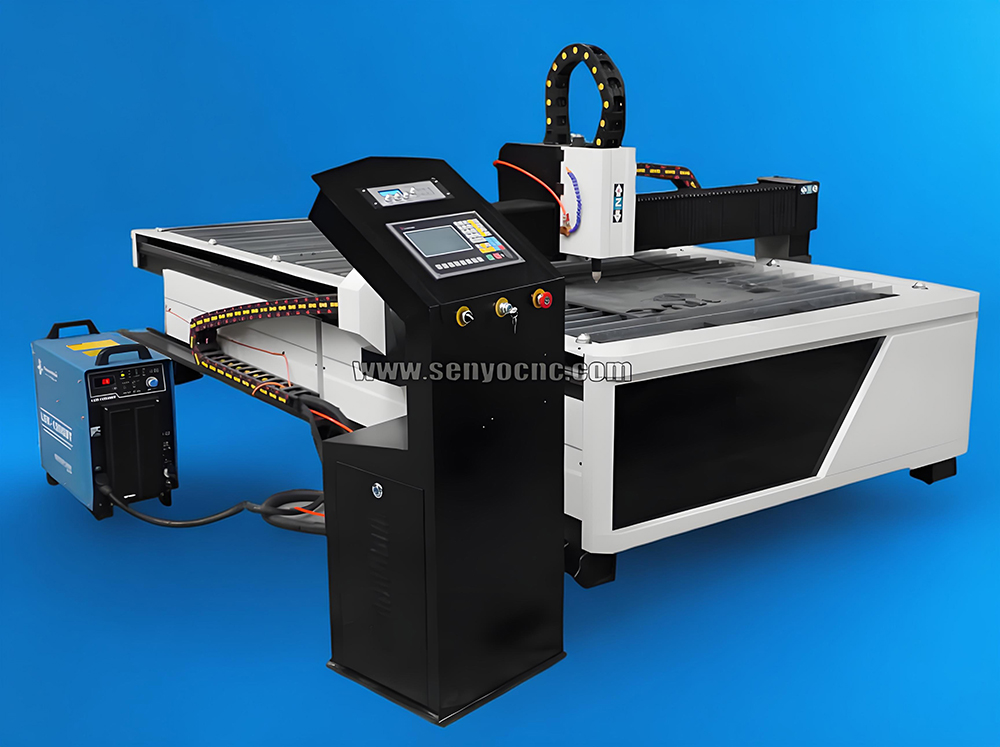
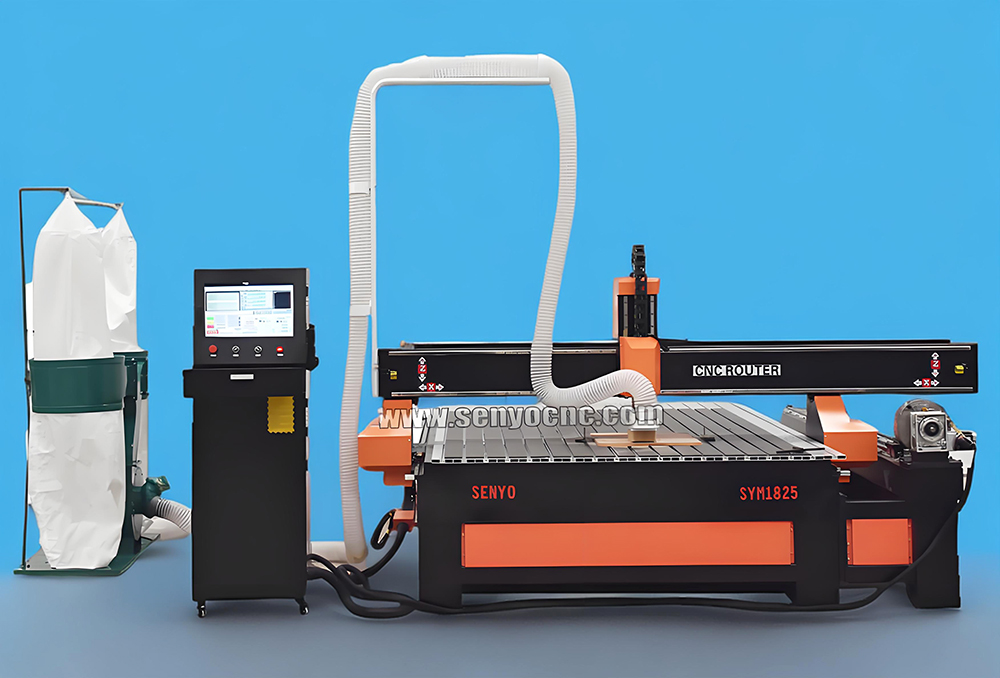
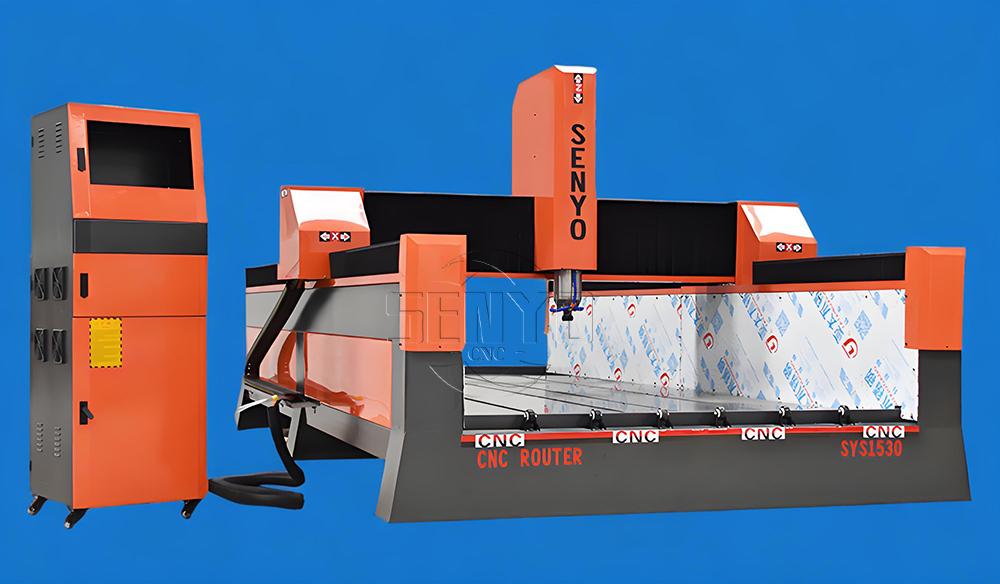
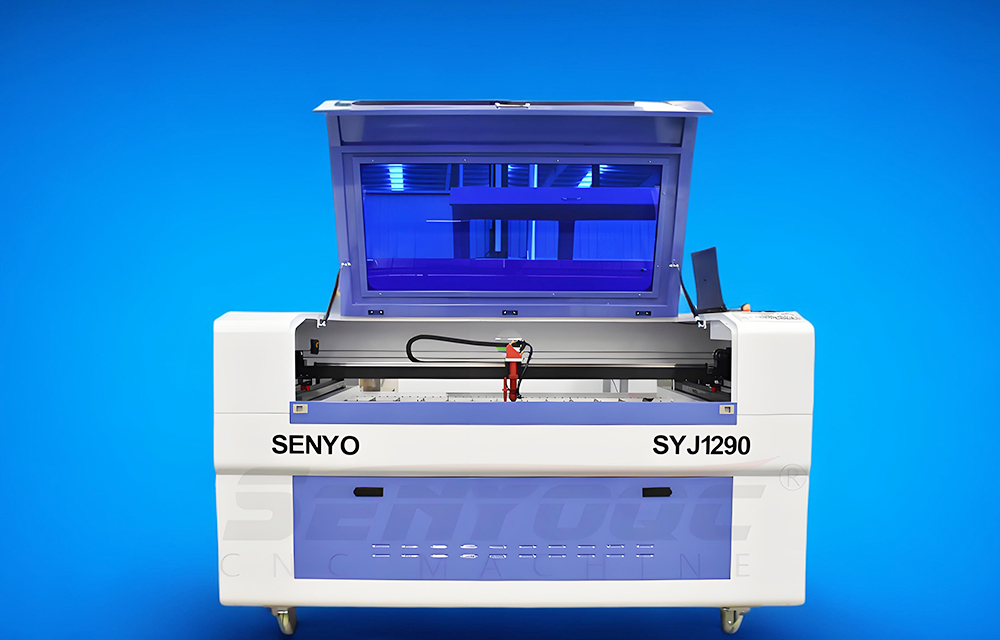
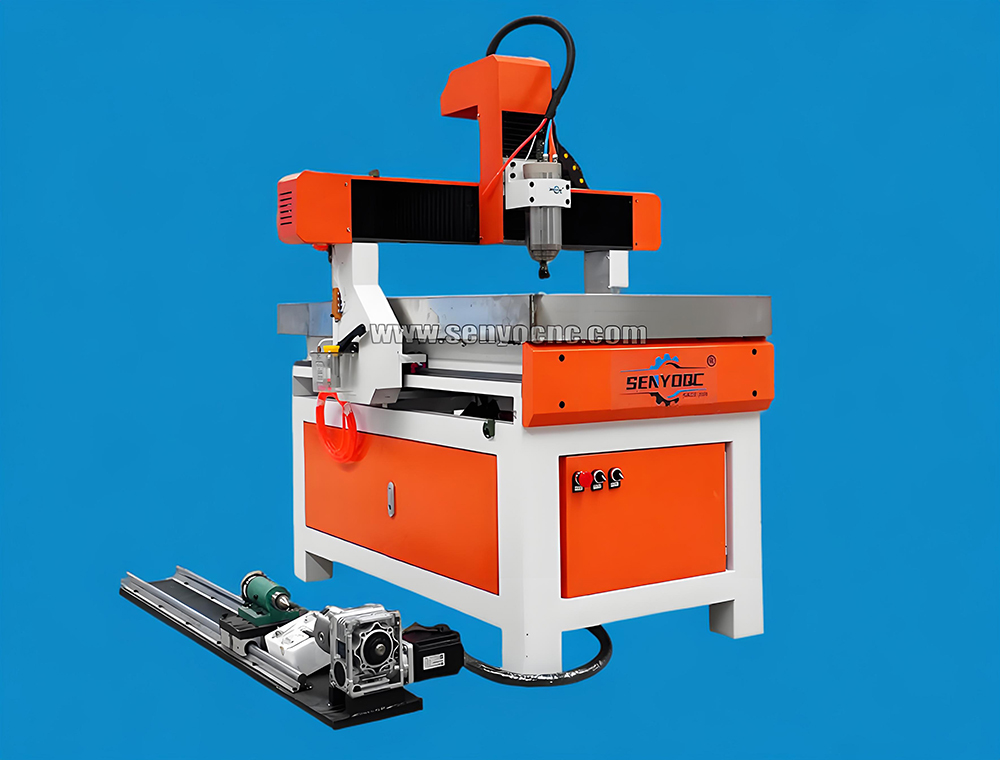
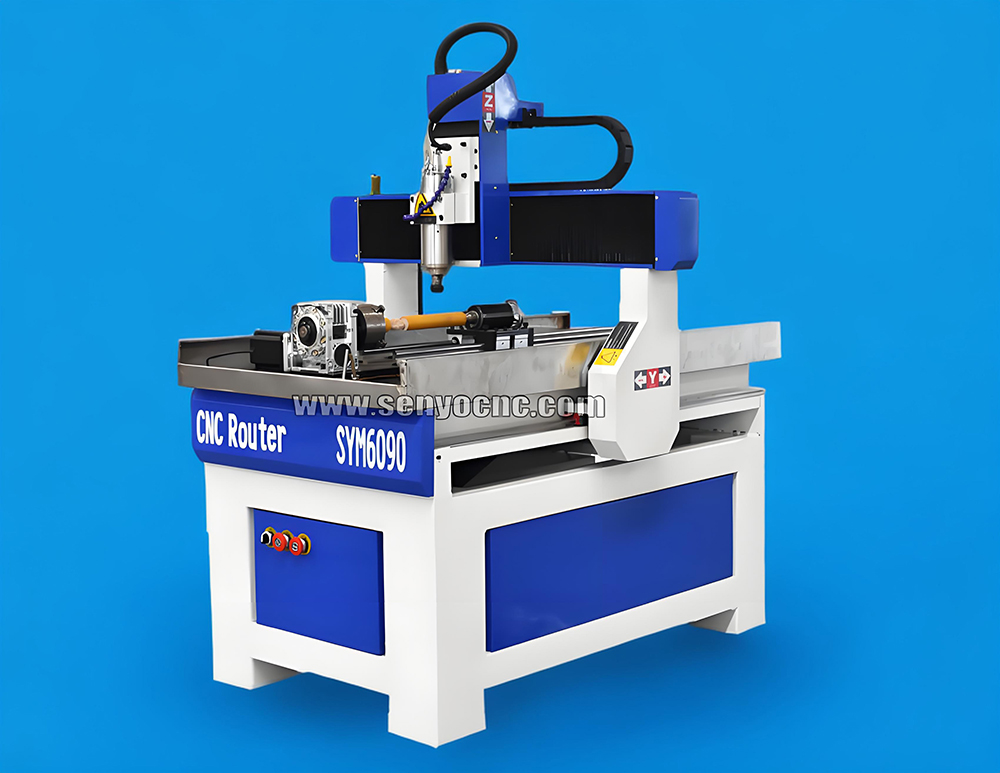
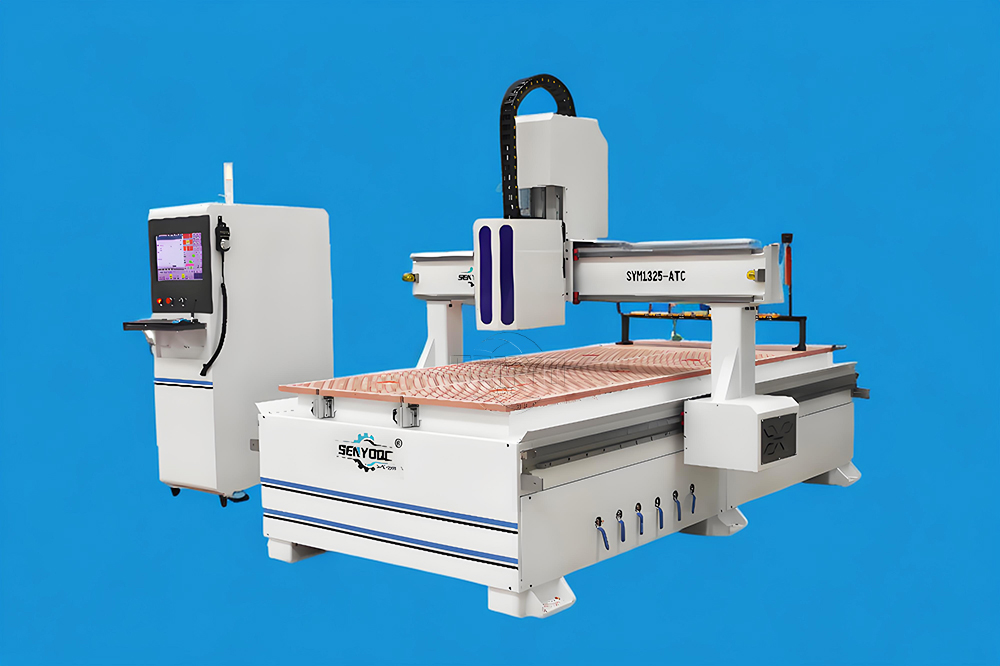
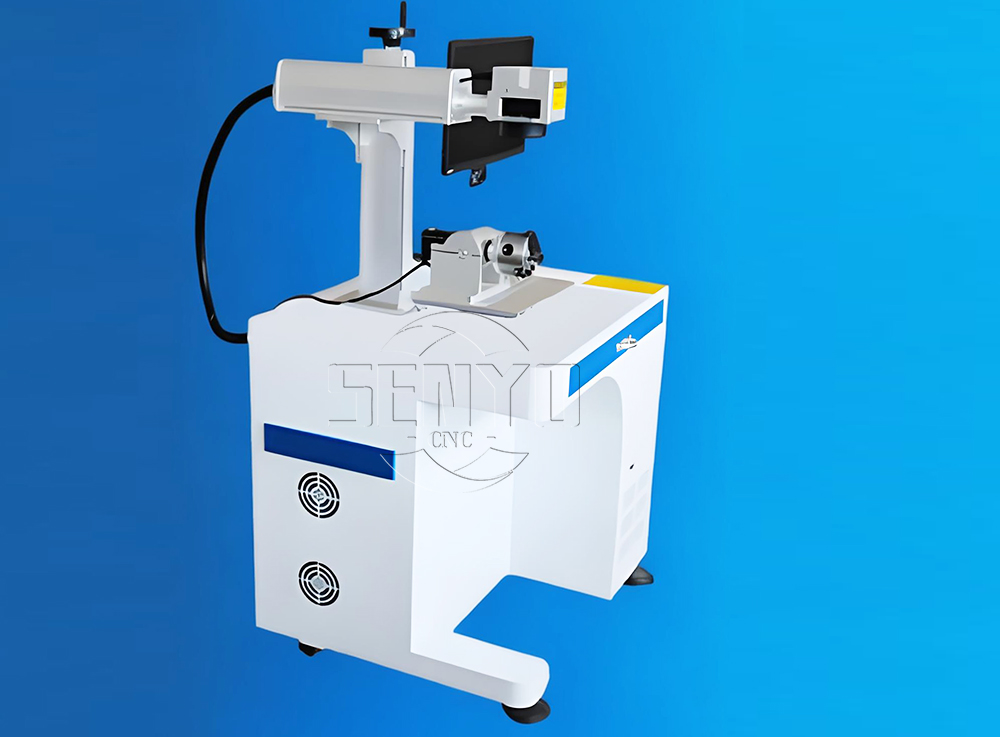
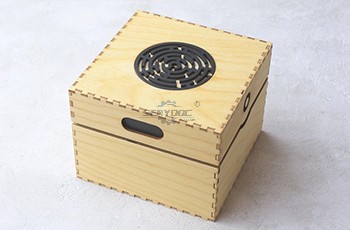
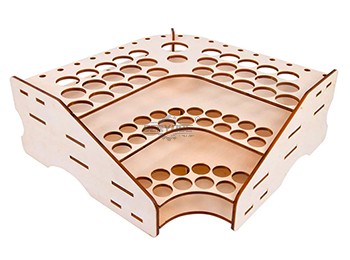
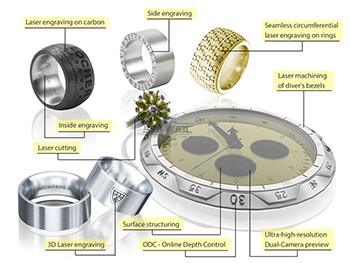
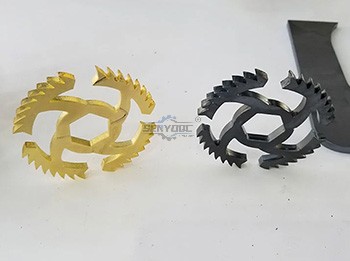
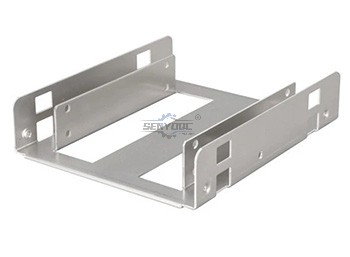
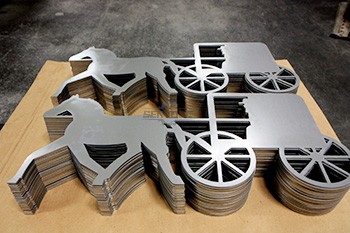
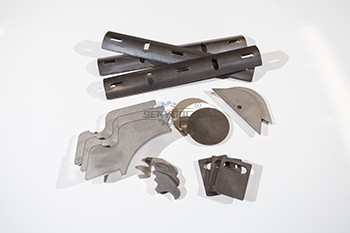
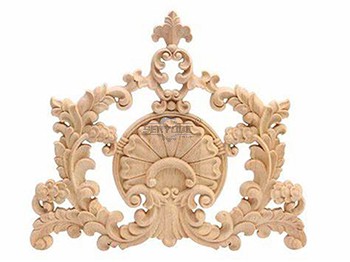
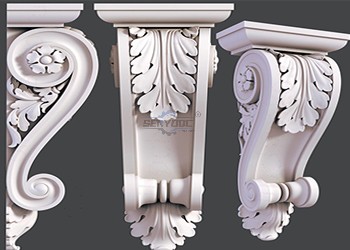
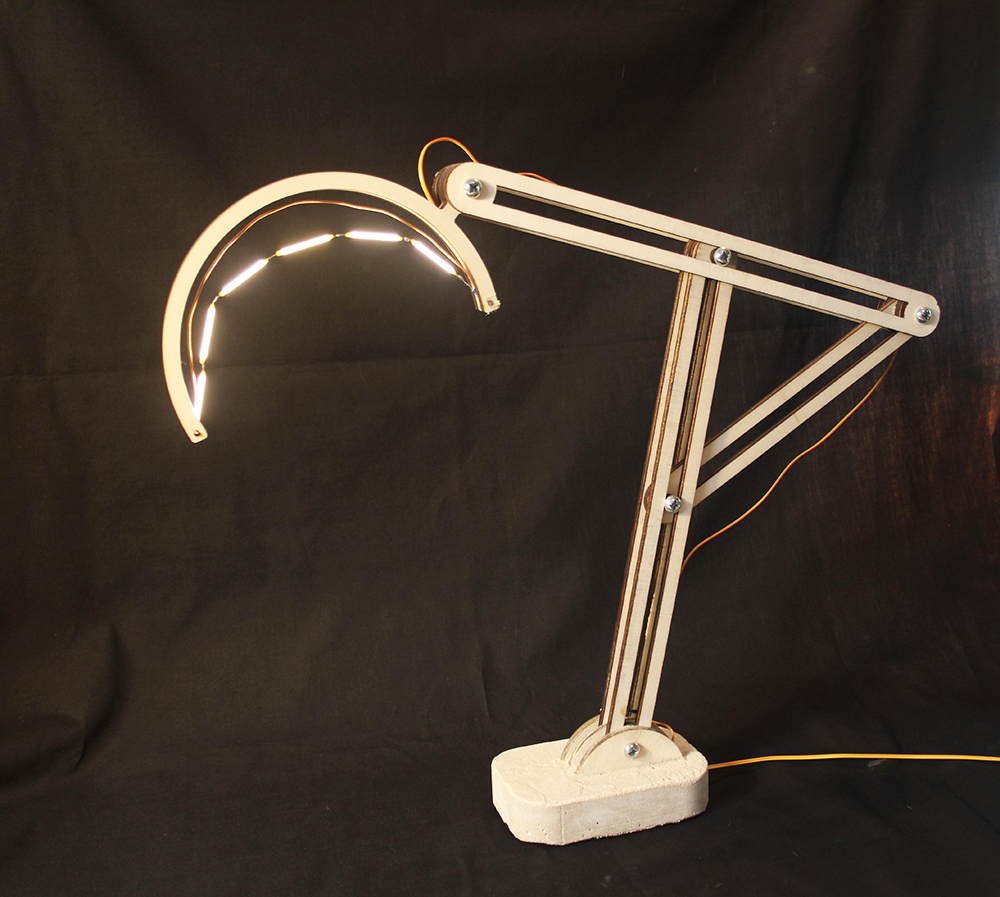
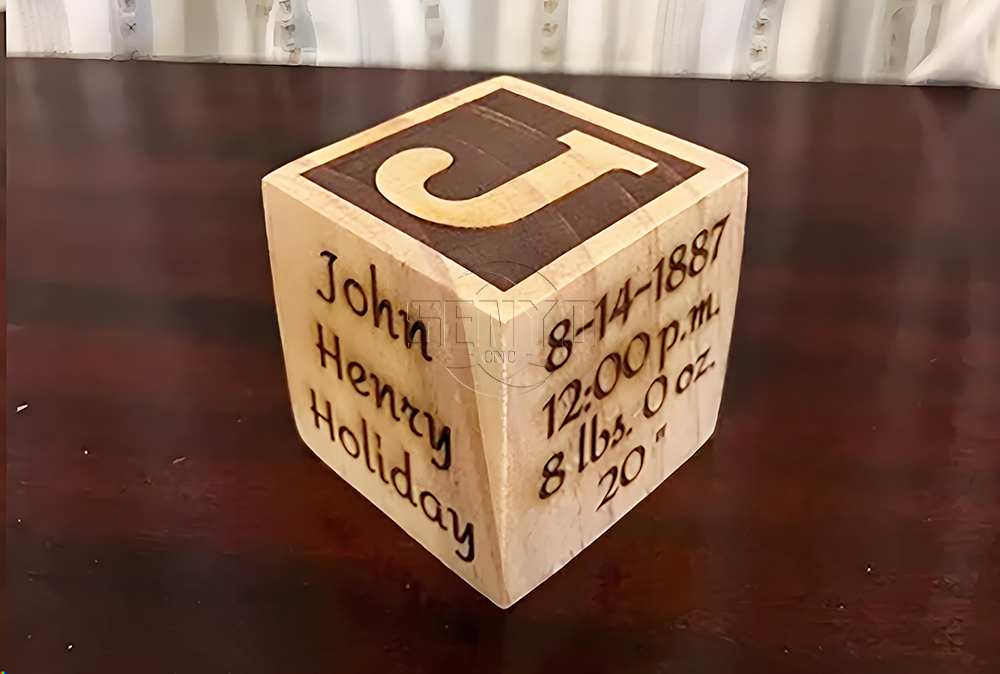
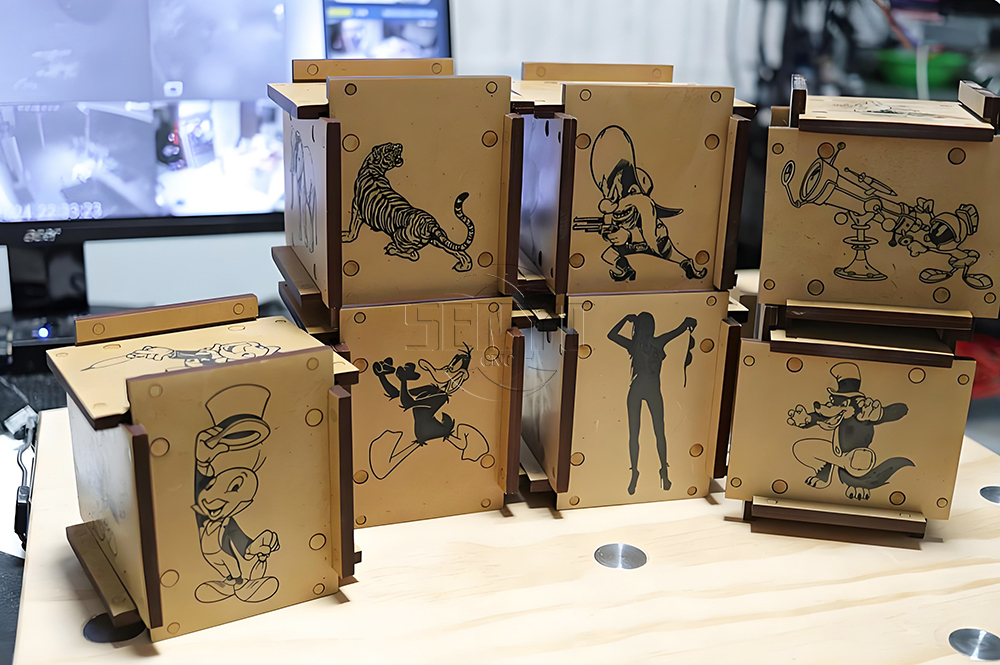
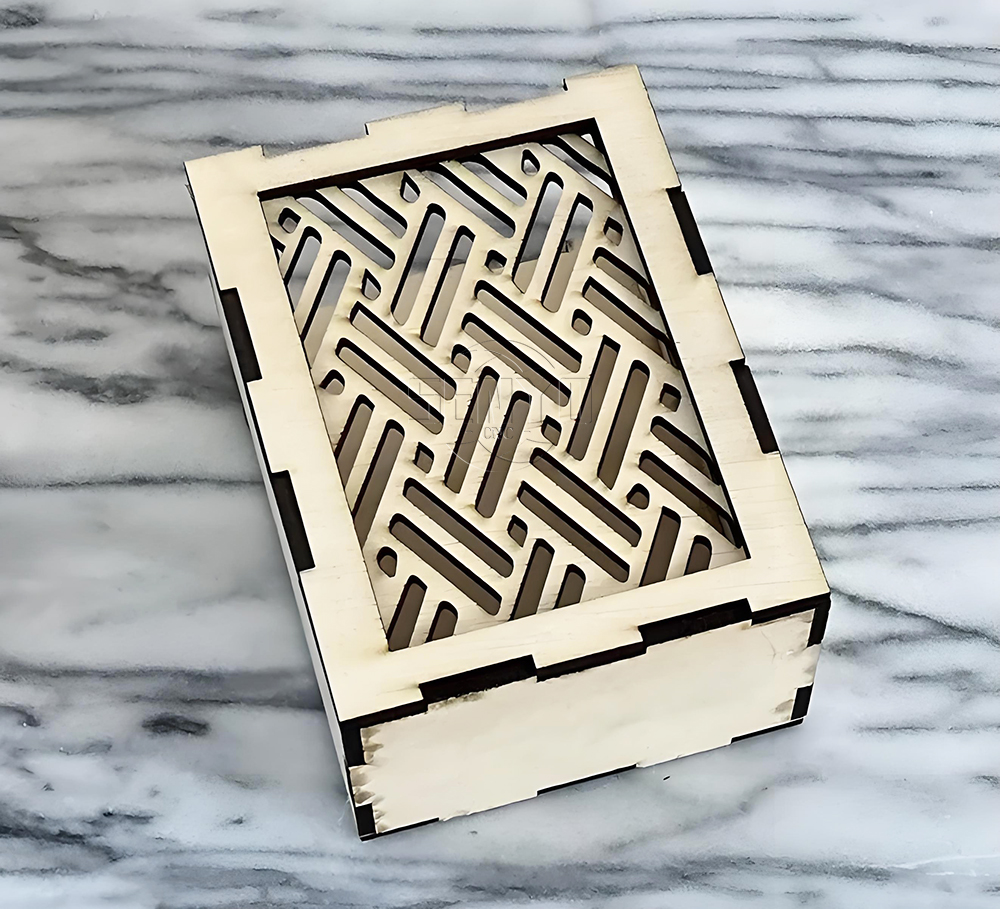
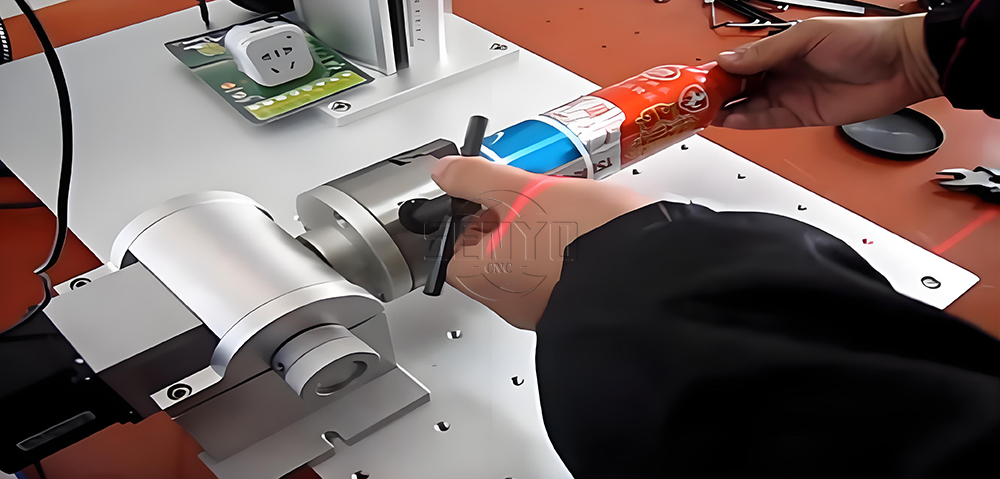
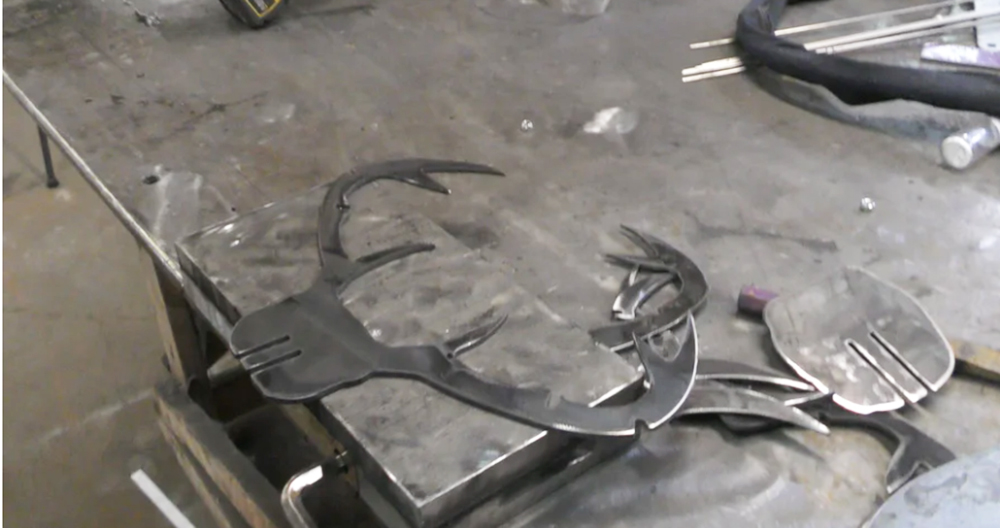
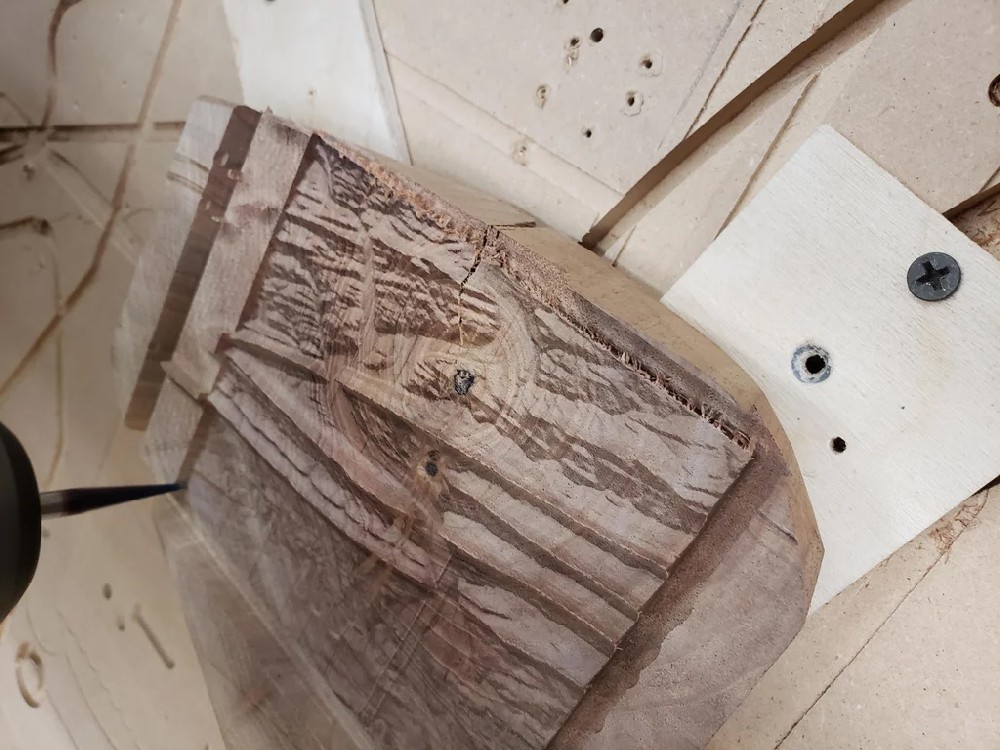
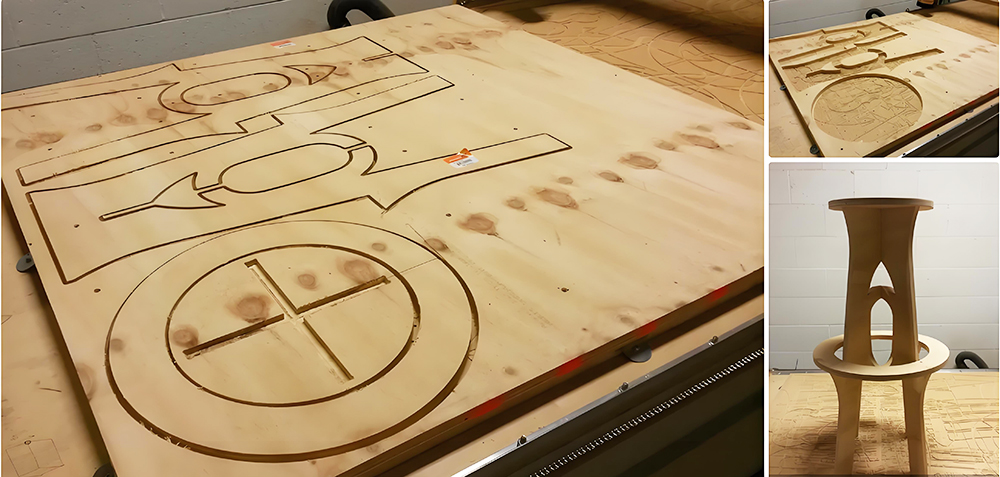
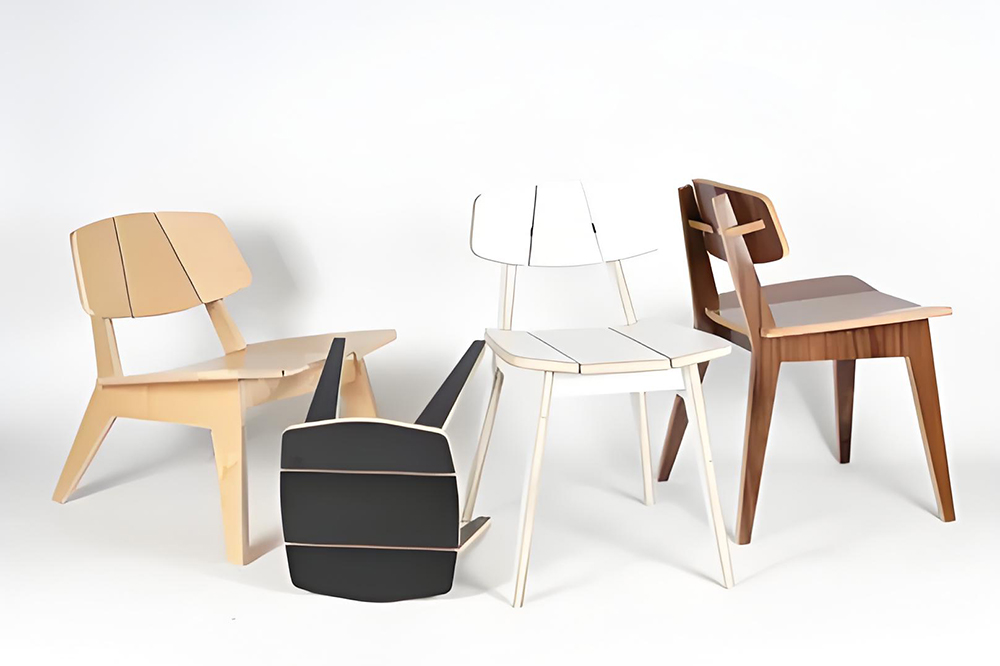
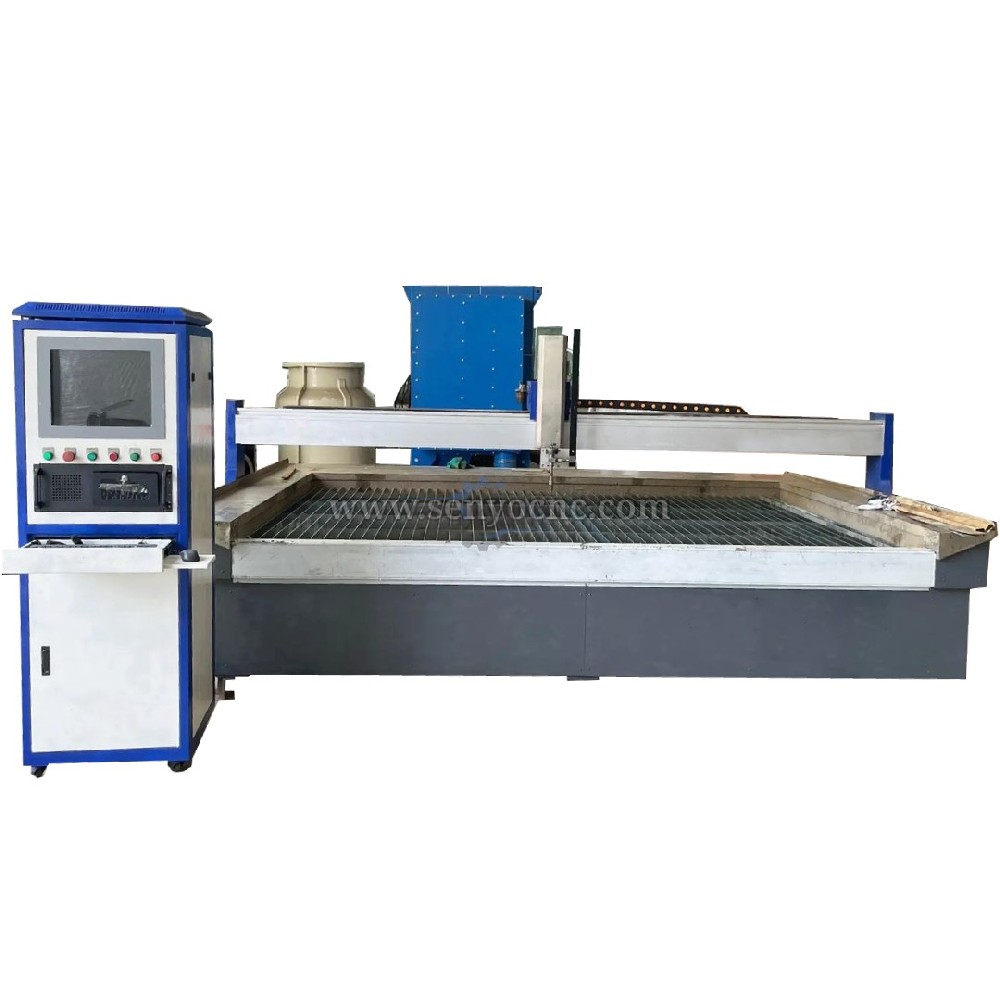

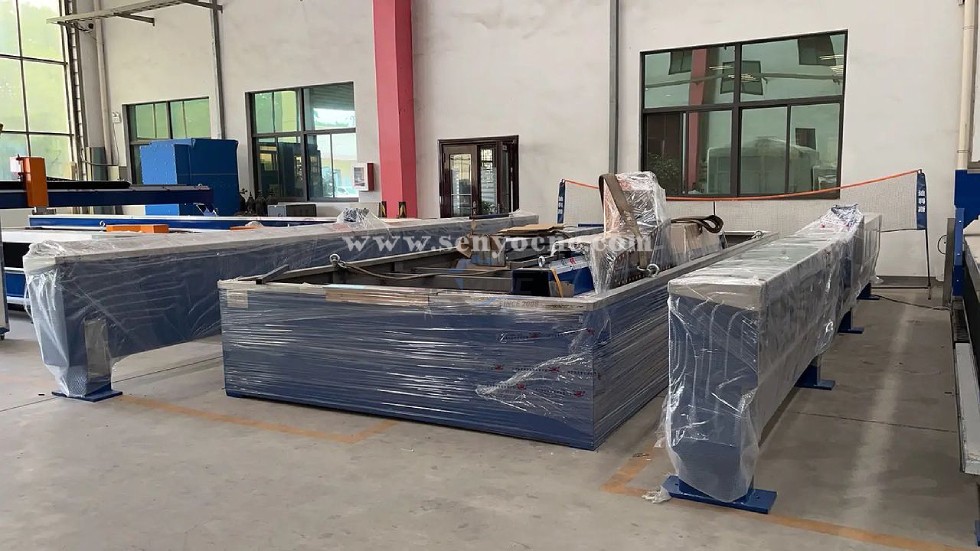
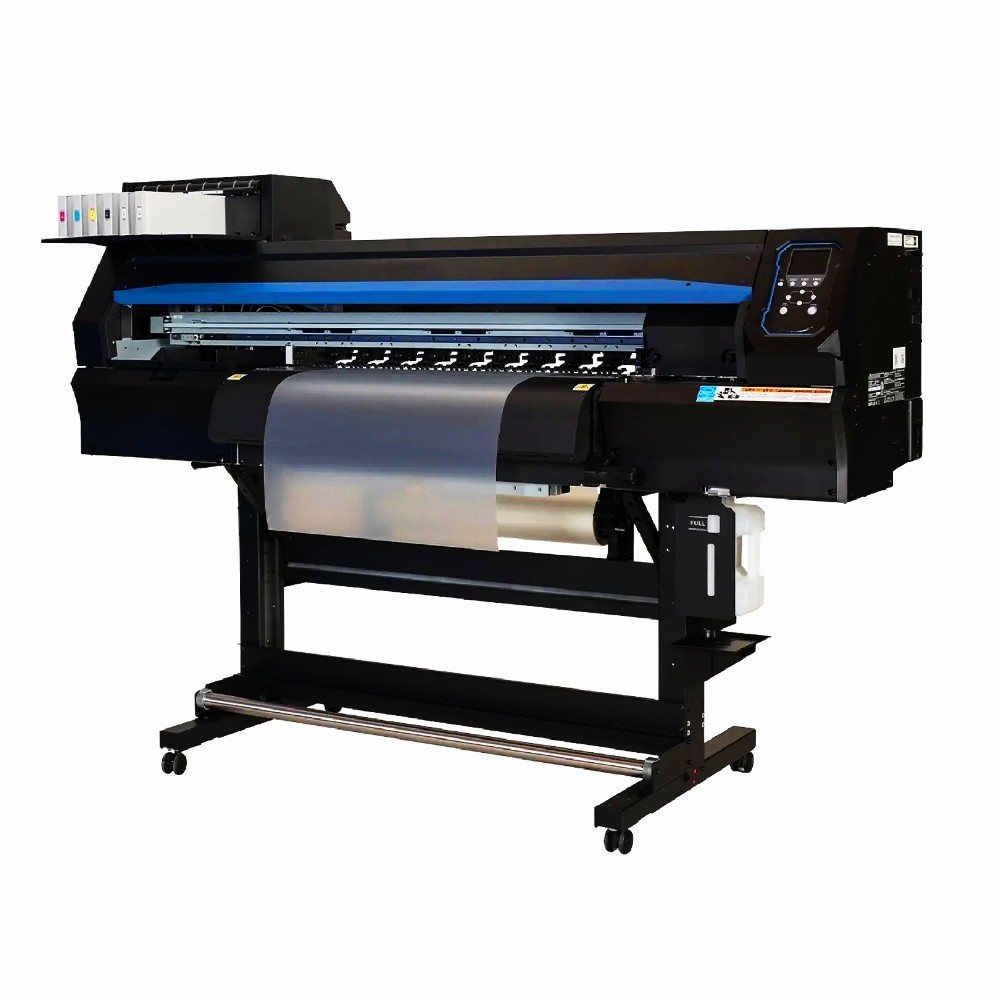
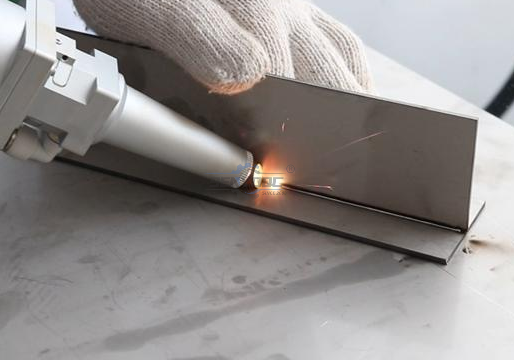
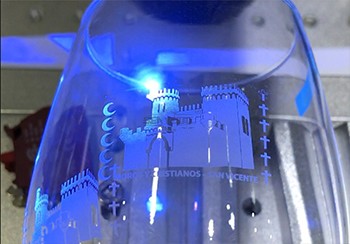
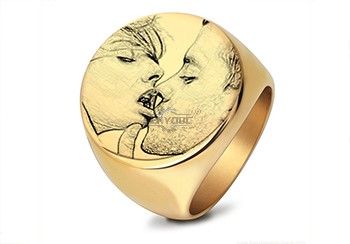
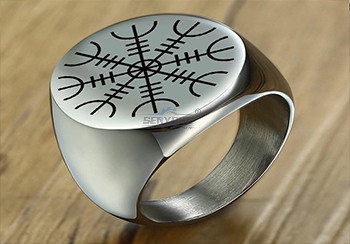
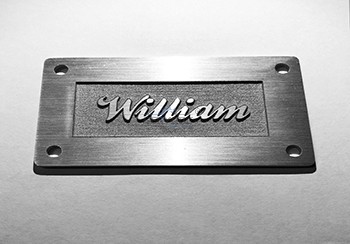
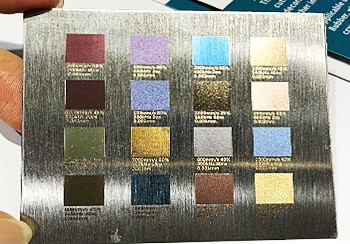
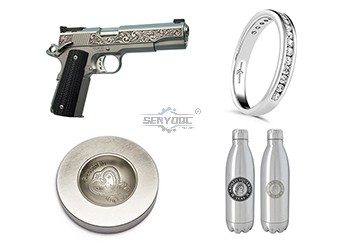
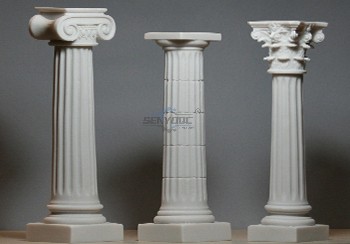


 manager@senyocnc.com
manager@senyocnc.com
 SENYOCNC
SENYOCNC
 +86 1525 3141 880
+86 1525 3141 880
 +86 1525 3141 880
+86 1525 3141 880
 2061579344
2061579344
